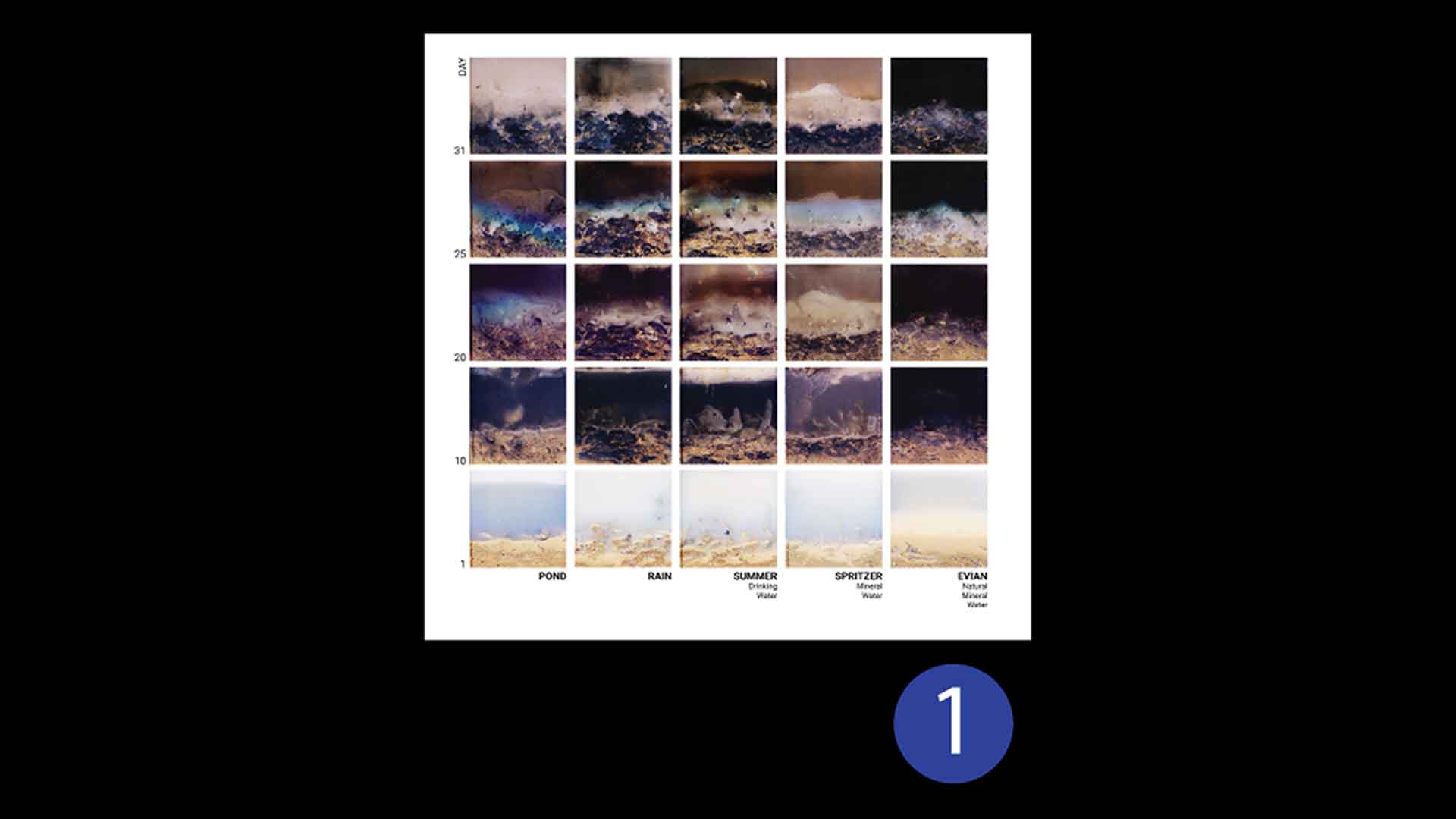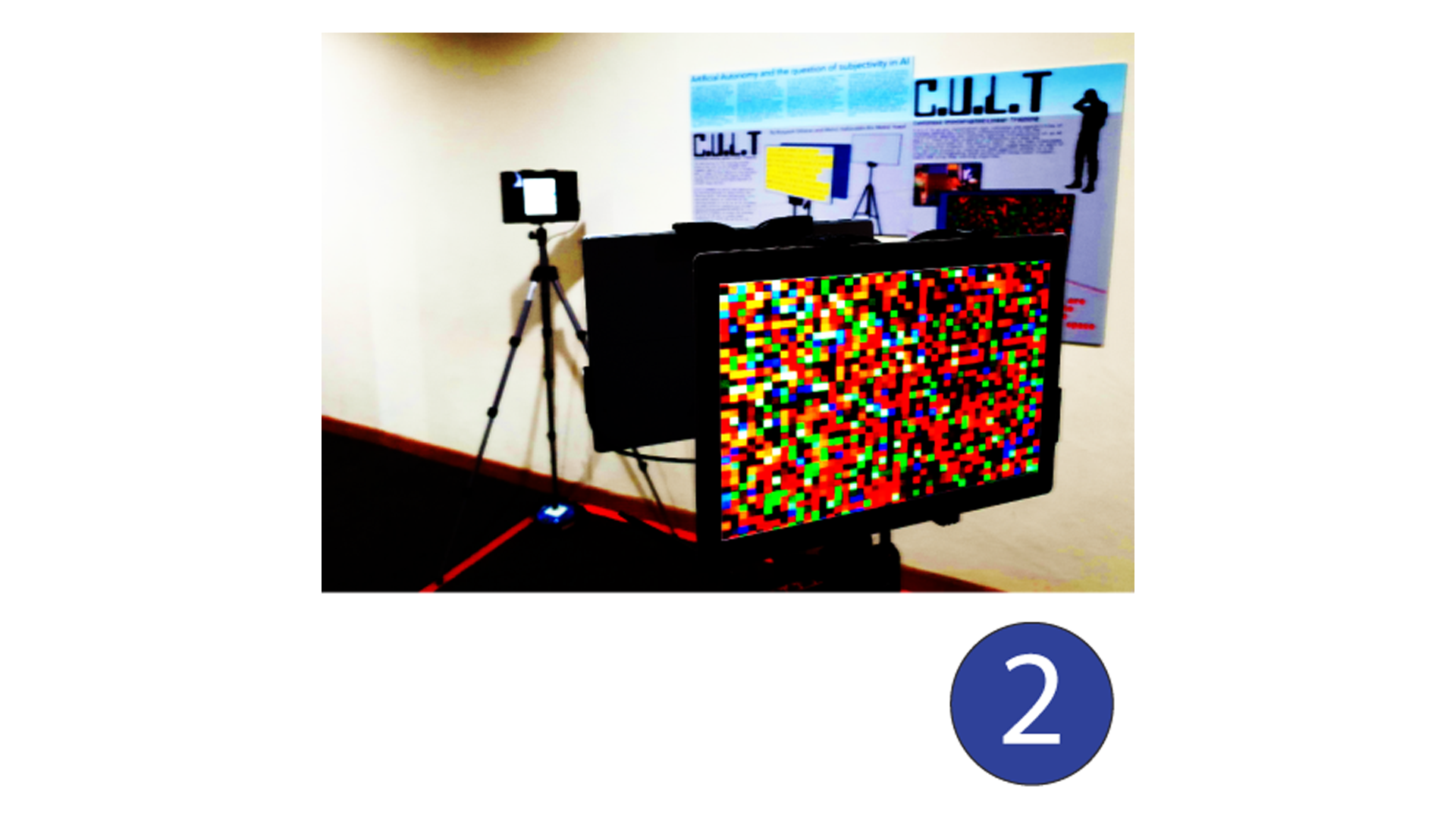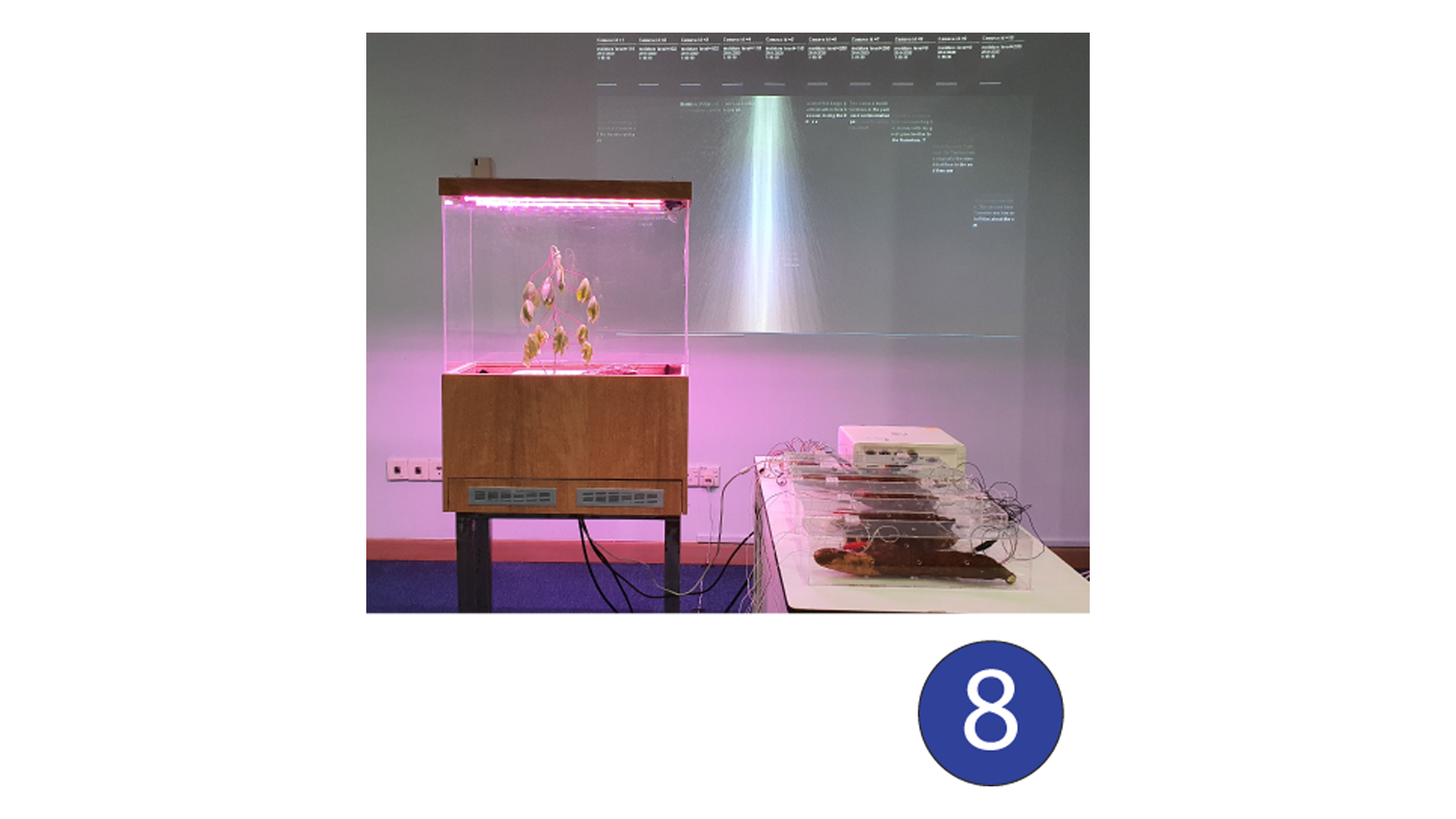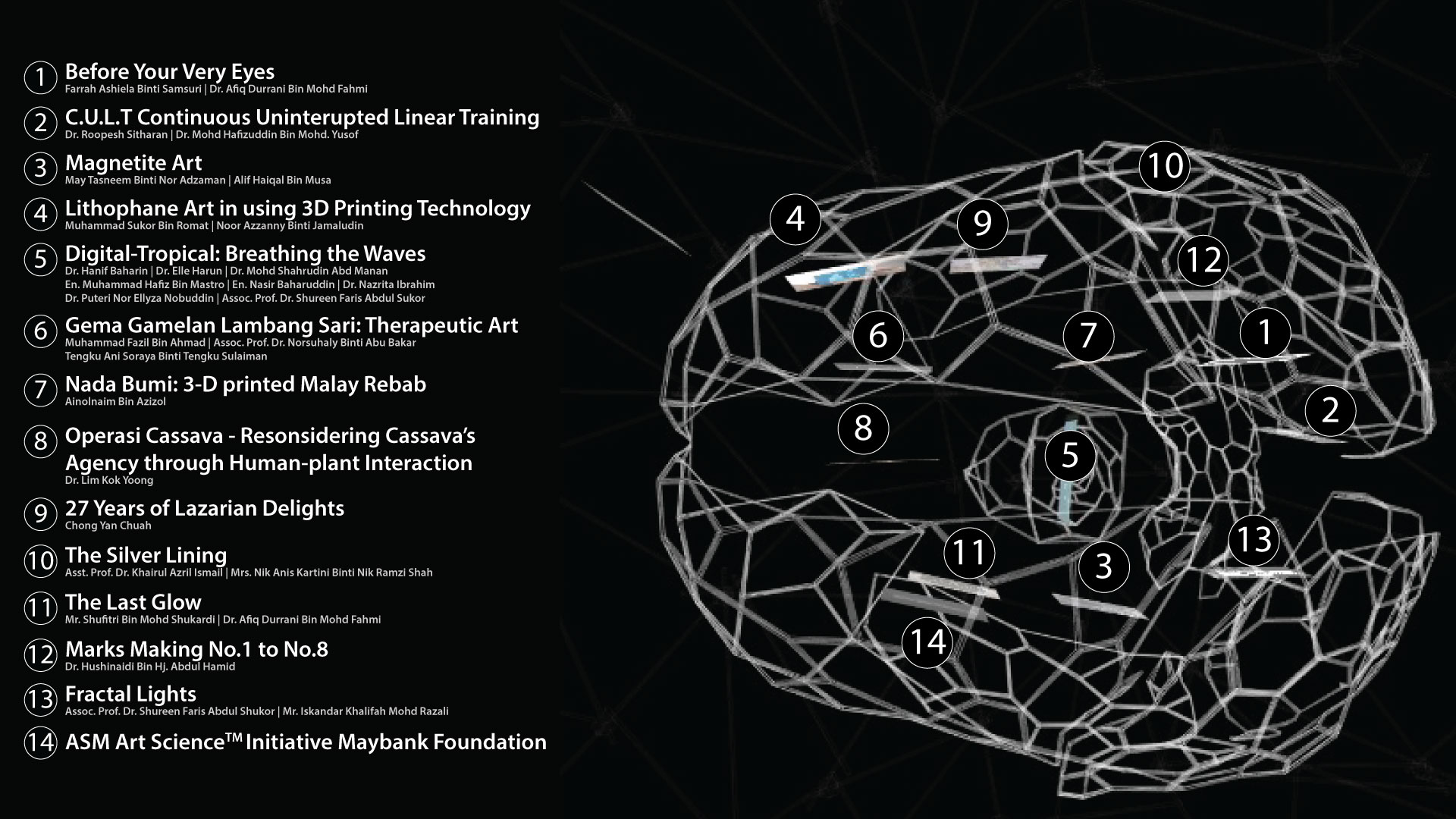



ASM  initiative
initiative
The Arts and Sciences are supposed to be on two opposite ends of the spectrum: the Arts are subjective, open ended and emotional; the Sciences are rational, objective and dispassionate.
The fusion of the two is necessary to bridge the gap. There is a growing innovative field of art that uses science to produce thought-provoking works. The projects envisioned under the ArtScience™ Fund scheme must strengthen the field of artistic research at the interface of art and science.
In recognition of the amalgamation of art and science, the Academy of Sciences Malaysia (ASM) has set up the ASM ArtScience™ Initiative. The ASM ArtScience™ Initiative is a programme under the ASM ArtScience™ Fund that recognises outstanding creations in the nation’s fields that showcases the fusion of art and science.
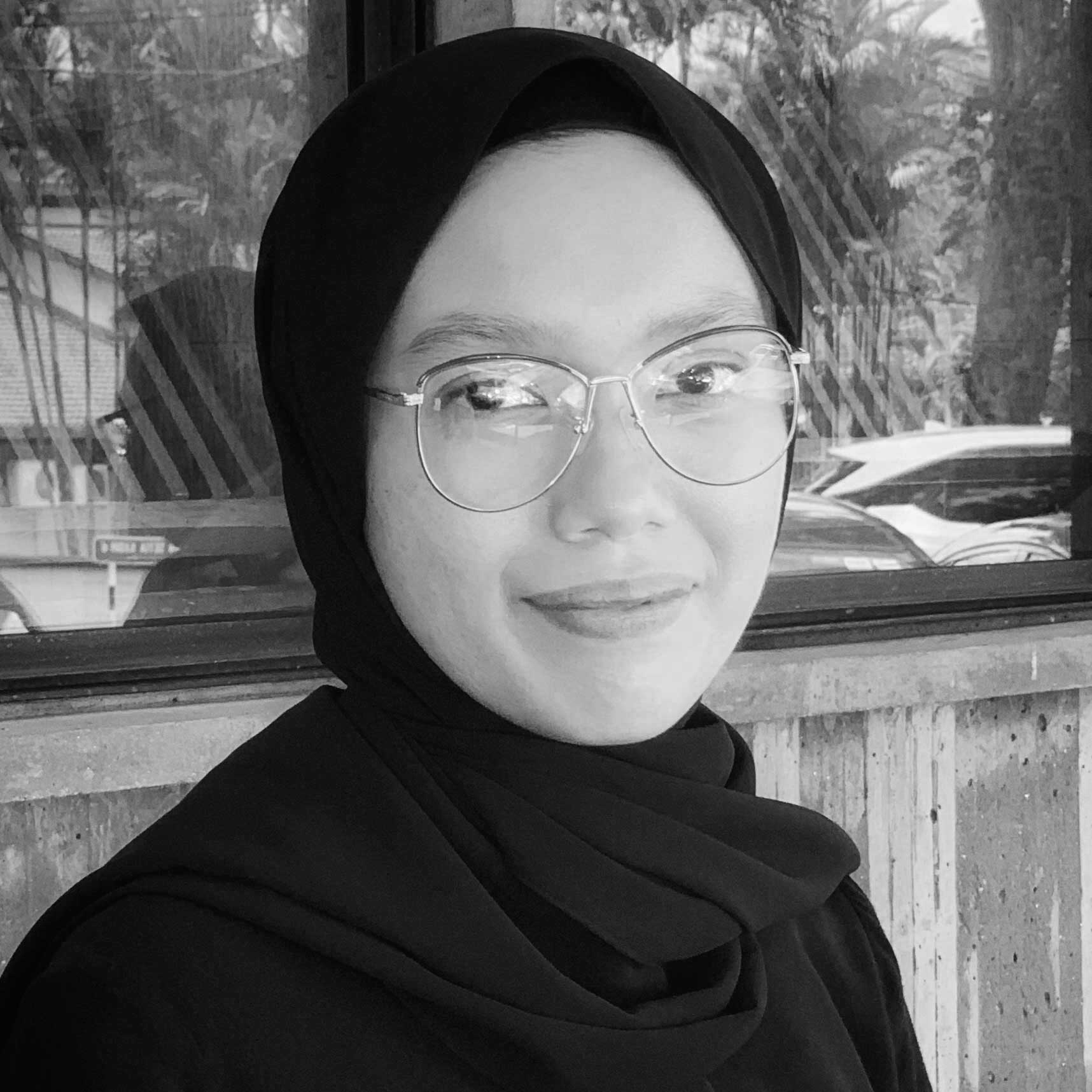
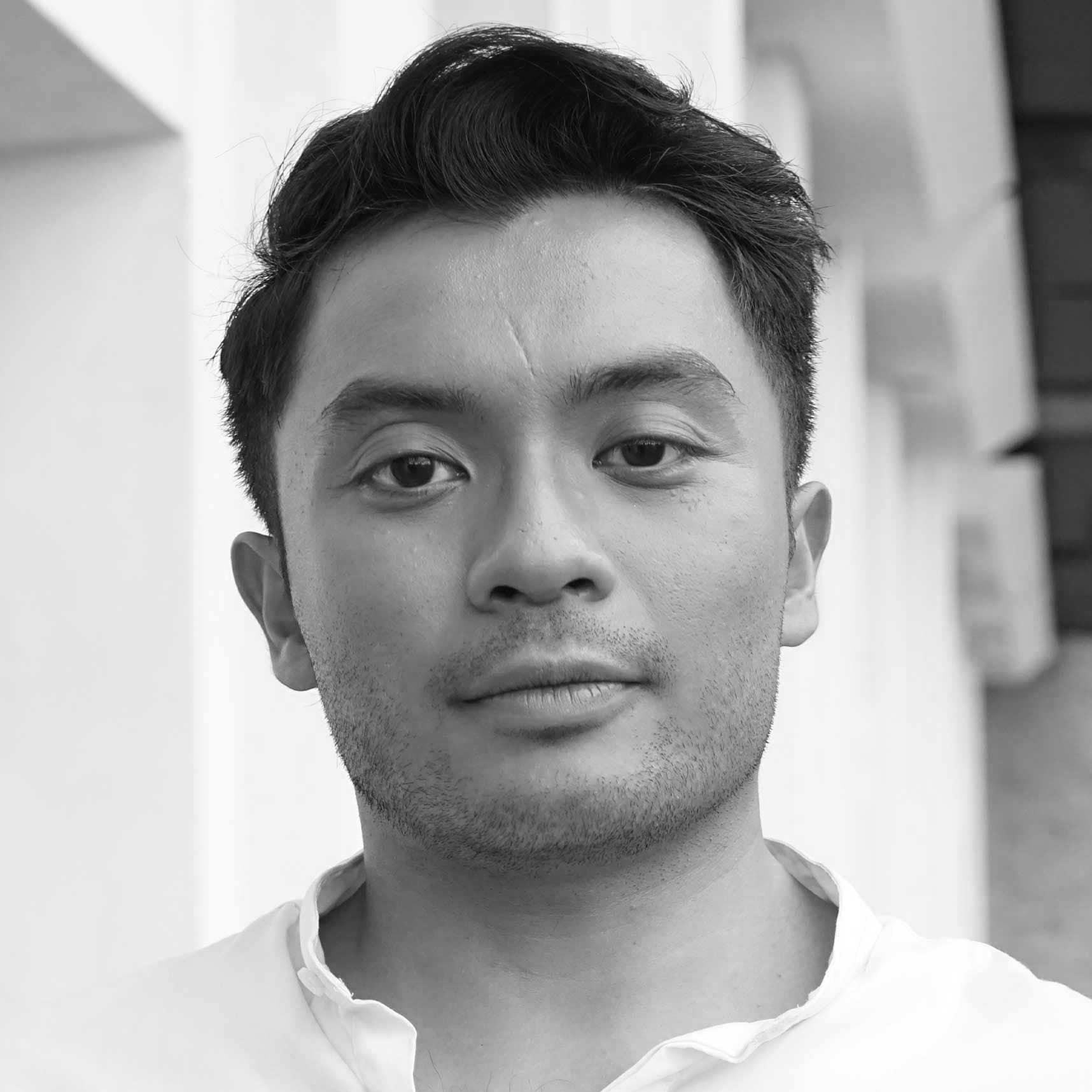

Before Your Very Eyes
Farrah Ashiela Binti Samsuri
Dr. Afiq Durrani Bin Mohd Fahmi
“Before Your Very Eyes” documents how bacterial communities interact between one another within a set of environments that are differentiated by water, in order to sustain life. Conceptualised during the lockdown period in 2020, the project seeks to reflect the relationship between varying ‘classification’ of water towards bacterial communities. The project asks : “While the pandemic treats us all the same, who decides on what differentiates one human being to another?”
Each day, each class of water interacts and creates an environment unique to their own responses, or rather reactions. The type of water ranges from its source - pond, rain and the sorts of water we consume, from the common Spritzer to what we consider as ‘luxury’ water such as Evian. The variation represents the layerings of our social strata along with the privileges and conditioning it allows for; a reality we have been witnessing and living with as a community throughout this pandemic.
Using Winogradsky columns as a method, each column is filled with 3 symbolic constants; soil (members of society), egg (social construct) and newspaper (media). Water is the only variable. As a vital resource, the innocence and purity of water demonstrates the varying level of accessibility and conditioning within our community. From weeks to months, layers of colours are naturally created, saturating and disintegrating - illustrating the nuances of colour from one bacterial community to another.
Like a community, there are lines that divide us, whether geographically, economically, or as minute as ordinary bias in our everyday lives. The project proposes a way of looking at the community, as these waters will tell - what is not visible may still very well exist.
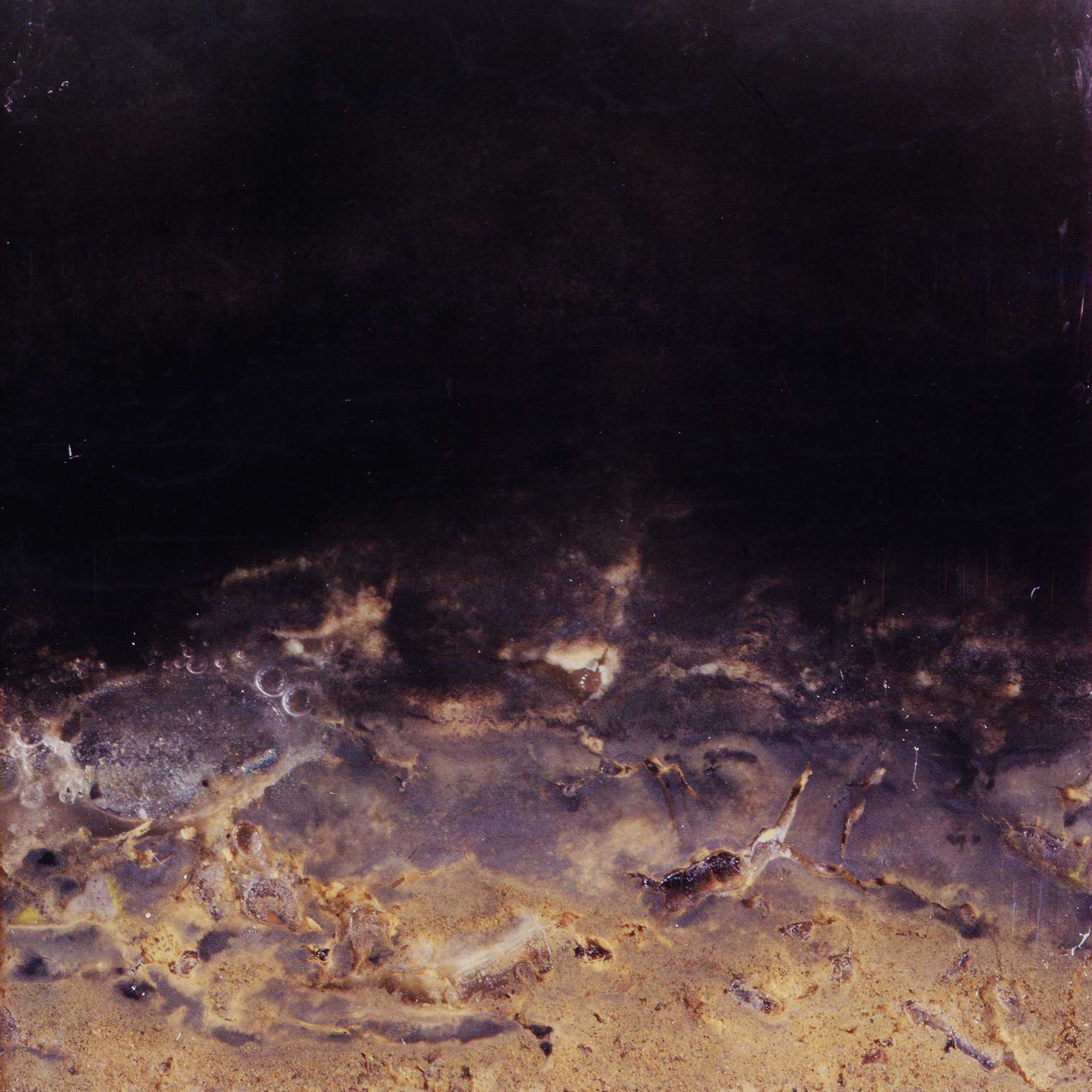
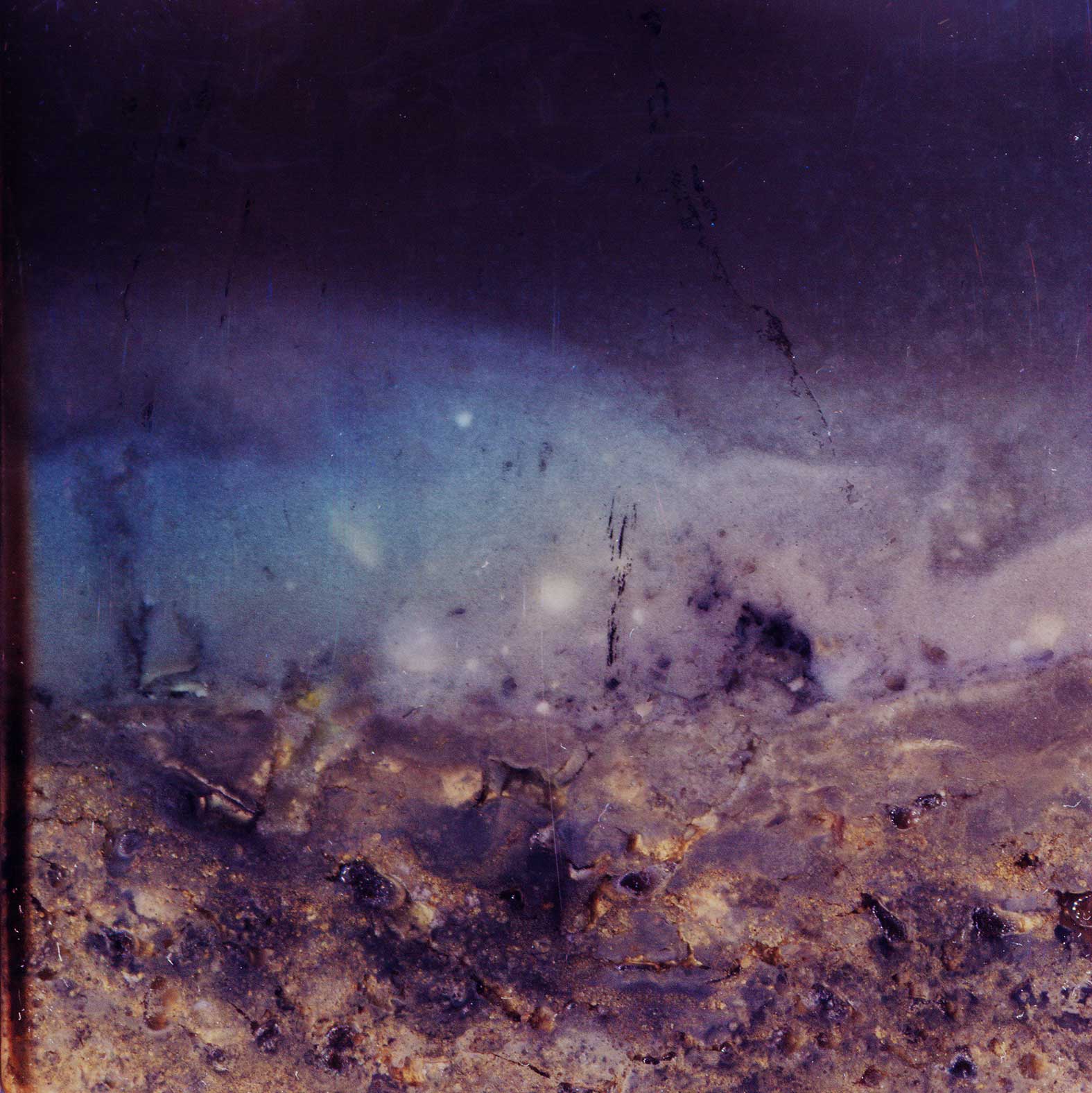
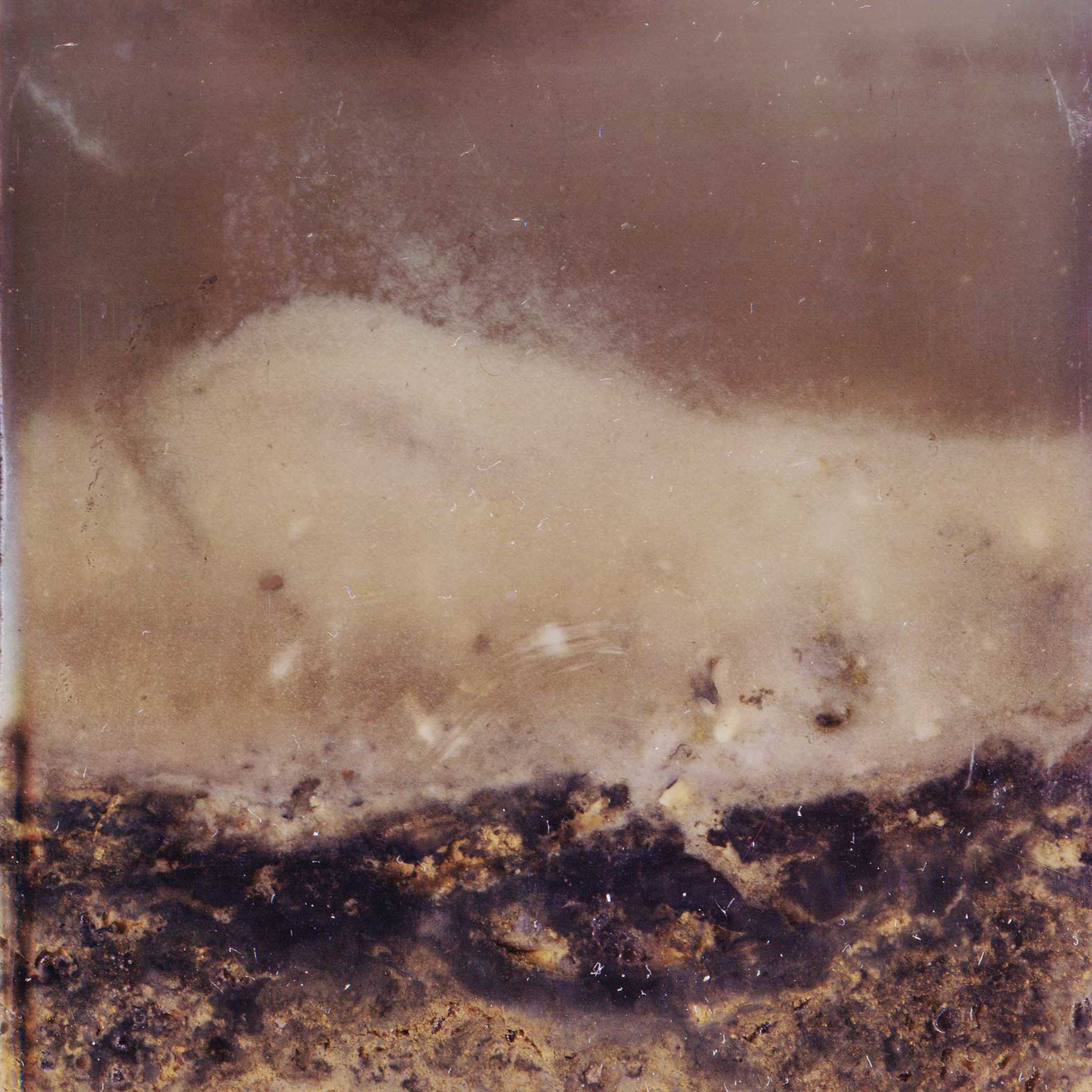








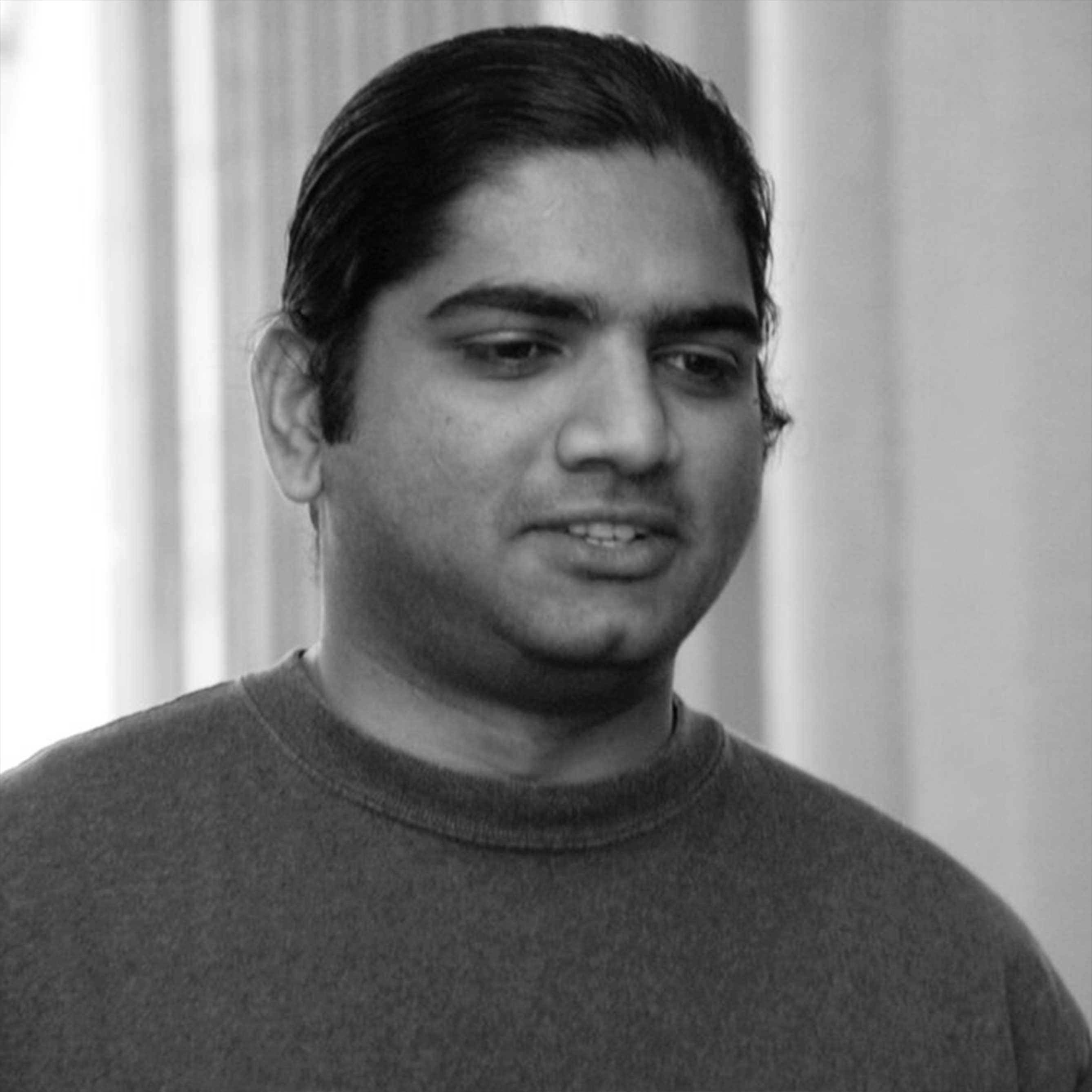
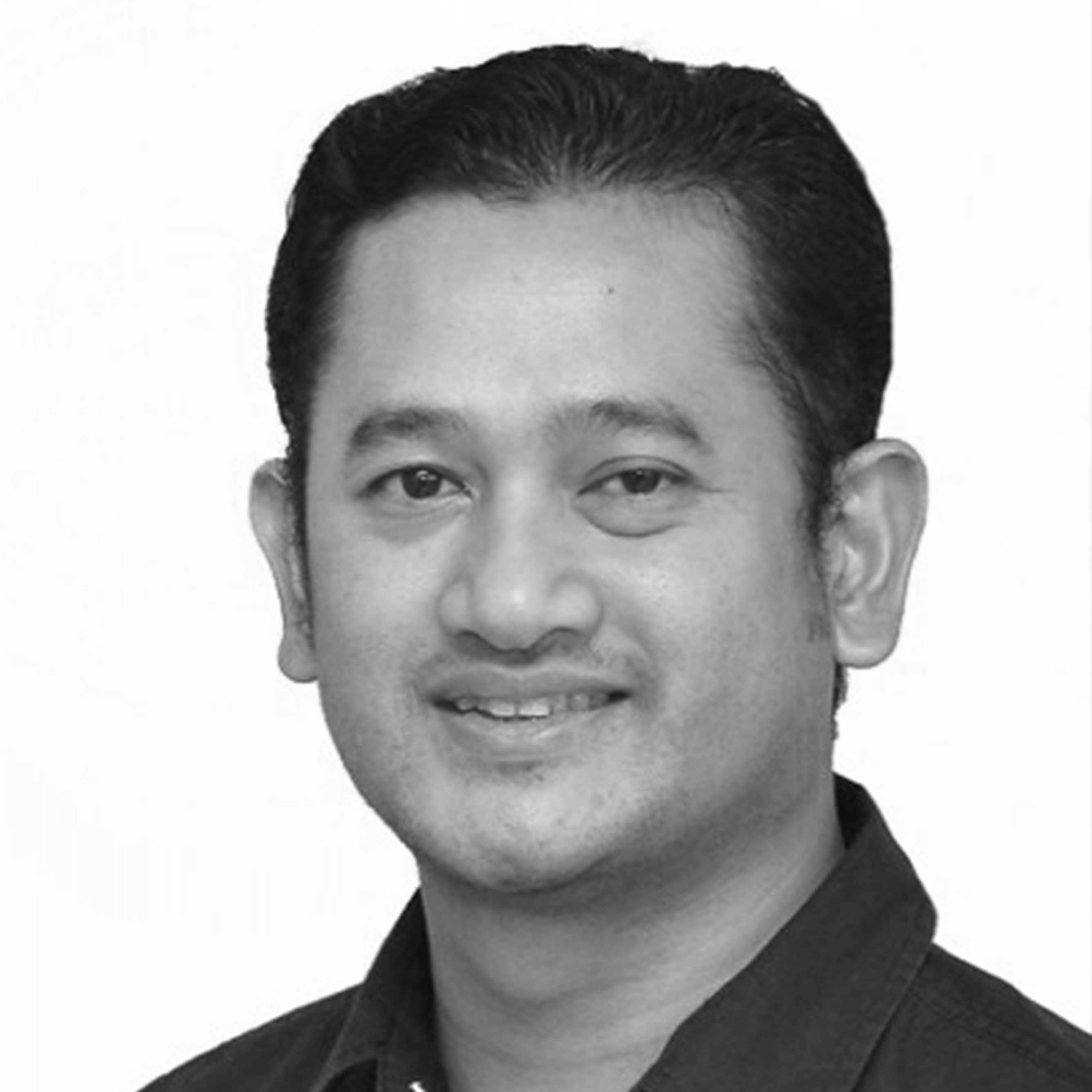

C.U.L.T Continuous Uninterupted Linear Training
Dr. Roopesh Sitharan (MMU)
Dr. Mohd Hafizuddin Bin Mohd Yusof (MMU)
The foundation of science is built on its symbolic authority that has come to characterize the studying of things objectively. This command over knowledge is sustained by the predictive success followed by ambit of explanations in which concepts, law and theories accurately reflect the facts and processes in the physical world. While reverence for scientific knowledge evidently produce much needed certainty and standardization in studying the world, however the general appeal of science is relative to the austere understanding of knowledge whereby it is deemed to be free of personal and embodied experiences that makes human subjectivity. Arguably this immunity from humanistic qualities, or in other words the ‘objectification’ in learning is the basis for the amplification of human capabilities in conquering nature by curbing any unanticipated possibilities while ratify the confidence in human efficiency of administrating life in this planet and beyond. Fundamentally the philosophy of science is governed by logical positivism that ‘objectifies’ matter as an explicit principle for the selection and verification of scientific findings. A such, without objectivity as a guiding ideal there can be no science. This approach produces a supposedly unbiased description of the world in which human experience and perception can be discerned in a value-free language substantiated by facts of empirical findings. The positivist depiction of laws and theories in science (which includes social science) is believed to reveal the most transparent image of reality. It is this ideal of scientific objectivity, the quality of being free of human perspective and subjectivity that becomes the foundation for the techniques and technologies of algorithmic quantification by artificial intelligence (AI). The infusion of AI into the fabric of daily life sees an intensification of cognition activities that are deemed to be neutral, highly structured and complex with universal appeal. Controversial it may be; some scientist even argue that the ability of AI surpasses human capabilities in exceeding certain key distinctive properties of human beings, specifically in the high-level cognition processing associated with Big Data. Cognition has been reconceptualized and reduced to computation processing where human subjects are analysed as mere sets of data and probabilities consequently truncating subjective thoughts and expression as inconsequential.
In this circumstance, the individuality of a person is quantified and broken into divisible digits. Crucially with the ascendency of predictive analytics, algorithms and other data centric intelligence – the affective qualities of a person, or to put it differently the views, thoughts and feeling of an embodied human subject that makes up humanistic subjective reality recedes into some form of subset that could be enumerated. As a result, a subject is ultimately deprived of subjectivity when altered into numeric abstraction of quantifiable data which holds capital value under the pretext of the symbolic authority of scientific objectivism. It is at this juncture that the project argues for the necessity of convergence between artistic and scientific philosophy. Before proceeding, it must be clarified that convergence here must not be taken on face value as an act of coming together or merging of two different philosophical thoughts to demonstrate some form of unification, or cohesiveness in articulation. The hesitation here is driven by the normality of this approach where it usually ends up withholding one domain as mere illustration, or depiction tool for an idea presented by the other – usually being the art as visually interpreting a complex idea put forth by science.
Acknowledging this, the project deliberately contends that convergence must be approached as a violent act of collision that occurs in the meeting between these two philosophies. The point here is not to demonstrate the radical difference between art and science whereby paving the path for some essentialist take on these domains. On the contrary, this take on ‘convergence’ is meant to operate as a critique towards the dominance of objectivism that supresses other forms of knowledge building and operation - crucially important to pinpoint skewed pragmatism of such underlying philosophy that comes to dictate values that are deemed important for humans. With this as the basis, the research project ruminates the possibilities of subjectivity behind the invisible infrastructure of AI through exploration of artistic creativity. This is done by allowing an AI to learn from 2425 works of Malaysian art that was officially auctioned for the past 10 years. The AI then translated these Malaysian artworks into square and spiral color-coded mosaics during the learning process by looking at 2048 specific points in a 2D artwork and corresponding these points with three color cluster, namely RGB using deep learning algorithm. At this preliminary stage the AI successfully interpreted these artworks into mosaics of its learning analytics and the aim is to somehow enable the AI to spontaneously create a Malaysian 2D artwork based upon the dataset that it has learned and created.
While certainly the autonomy of AI dictates the output of the visualization as it could be seen in the attached appendix, however the intention here is to call into question the neutrality of such visualization. The common line of thinking is that the data usage in AI learning and analytics removes bias. But the influences, experiences and perspectives of those creating datasets dictates the taxonomies in the learning process. For our project, the taxonomy is the value dictated by Malaysian art market. Immersed in these datasets, the AI could possibility demonstrate computational sovereignty by creating a masterpiece of Malaysian art that worth millions of ringgits. But pressingly the paradoxical nature of this anticipated creativity from the machine also calls into question the sets of expectation that we have in pursuing this suspicion of subjectivity in AI. Perhaps what we define and argue as subjectivity could also incidentally do not manifest in the way in which we, human expect for it to do so. Having this in mind, the project is pursued in a speculative manner to argue for new concepts in machine learning that involves a process of envisioning the possibility of thinking beyond the definitive model of objectivism as well as subjectivism.
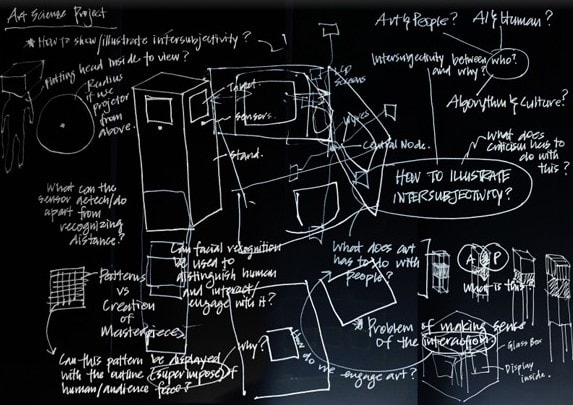
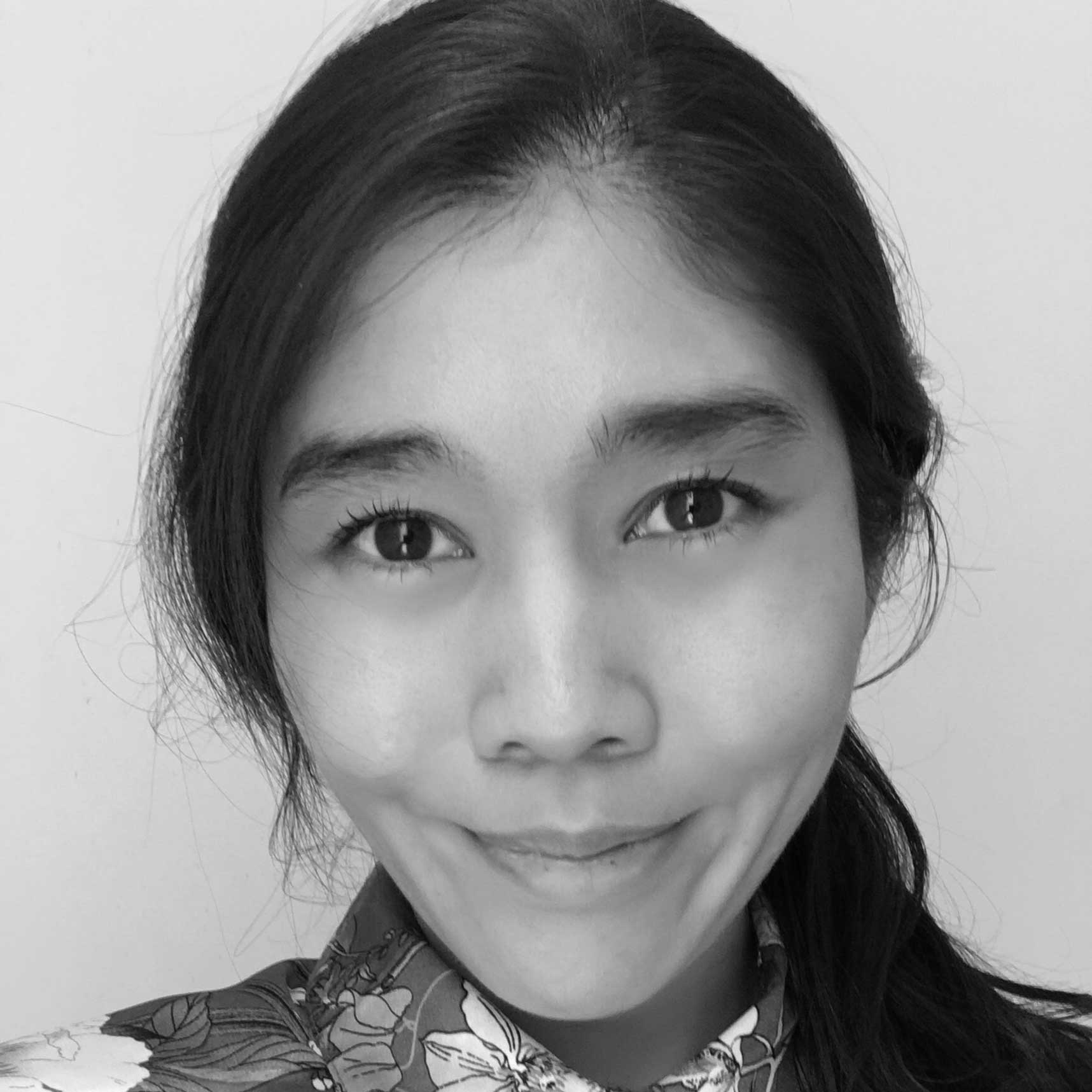
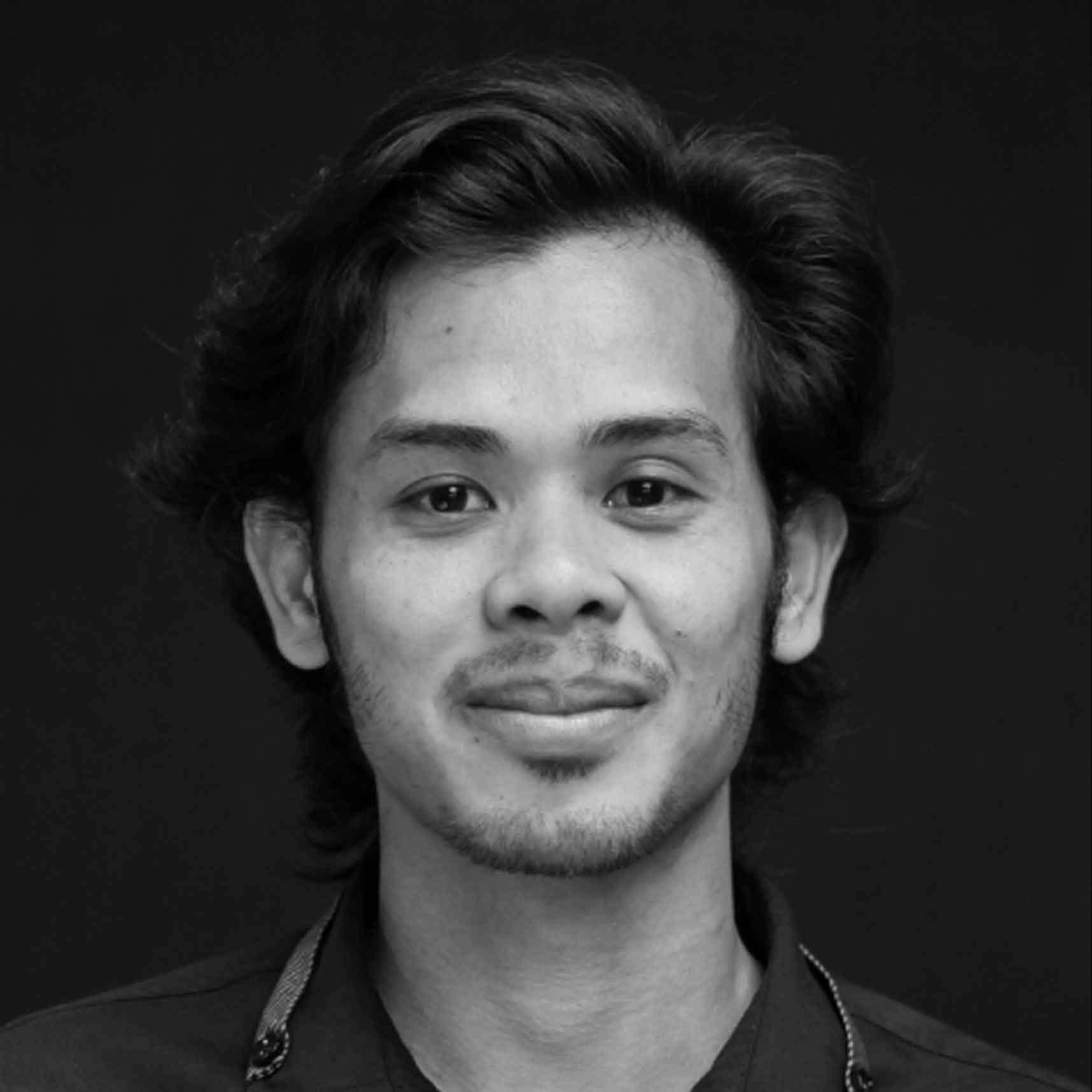

Magnetite Art
May Tasneem Binti Nor Adzaman
Alif Haiqal Bin Musa
As for this project, we will create a conceptual art in which link with geological concept. Ethically, artists, like the rest of us, need to reflect upon these big art and science projects. As an artist we explain them, reimagine them, challenge them and ultimately build sophisticated multimodal critiques of them. Art and science experiments into new level of aesthetics that can draw statement that sound like self-fulfilling prophesies. The Collaboration between the two fields basically leads to an invention, a way of finding what when missing from both field, there is a little acknowledgement of the fact that contemporary artist uses a wide range of media which demands on many different mental processes. The collaboration between art and science also lead to the invention of media exploration that create an installation, performance, live art, sound art, digital art, internet art, film and video and so on. The function of all ort may be reduced to universal principles, if it is regarded in terms of survival and emotion selection, the view of the evolutionary of science, media and technology. In Malaysia, with the idea of this both field working together can benefits science student yet also given broader career path towards art student. Science people seek for artistic sense, truly use art as tool for scientific discovery, it requires people to recognize the collaboration between art and science.
Other than that, improving the illustration skill and as graphic designer, illustrator and sculptor will reach the value of critical thinking. Whereby the designer Implement their skills either in art form or also scientific form. The idea of the collaboration art and geology will benefit the society with better understanding towards nature and scientific process. Although Art cannot directly interpret science or change minds, but the art fields will create space for conversation around the difficult issues and played the role in making it interesting and artistic sense that implied communication through visual images. There is a huge potential and indeed demand for the attempt to bridge the division between different ways of making sense of the world. There are certain qualities to each art and science which are difficult to translate and often end up in shallowness and masquerade with little contribution be it poetry or knowledge.
It is a very difficult task, from the artist’s perspective, to make something which both succeeds on the more intuitive cultural layers of what we value about art and the ones that are usually associated with science. Art literally involve creative process while science basically involve experimental process, the main idea of marriage between art and science merely is form of research whereby to inform and educate the public how to bridge the gap between art and science. Mechanistic and logical rational principle it is the idea of science understanding, and it is merely scientific management approach whereas the idea of art management is the idea of exploration of creativity and aesthetically. The art and science collaboration are recommended to be maintain and make it practical in the local context. Especially through the education line where local universities should encourage future collaborative idea between various field. As an educator, this sort of competition would basically help the student to be exposed with the understanding of different language from different field. This research concept on integration between art and science will lead for further investigation.
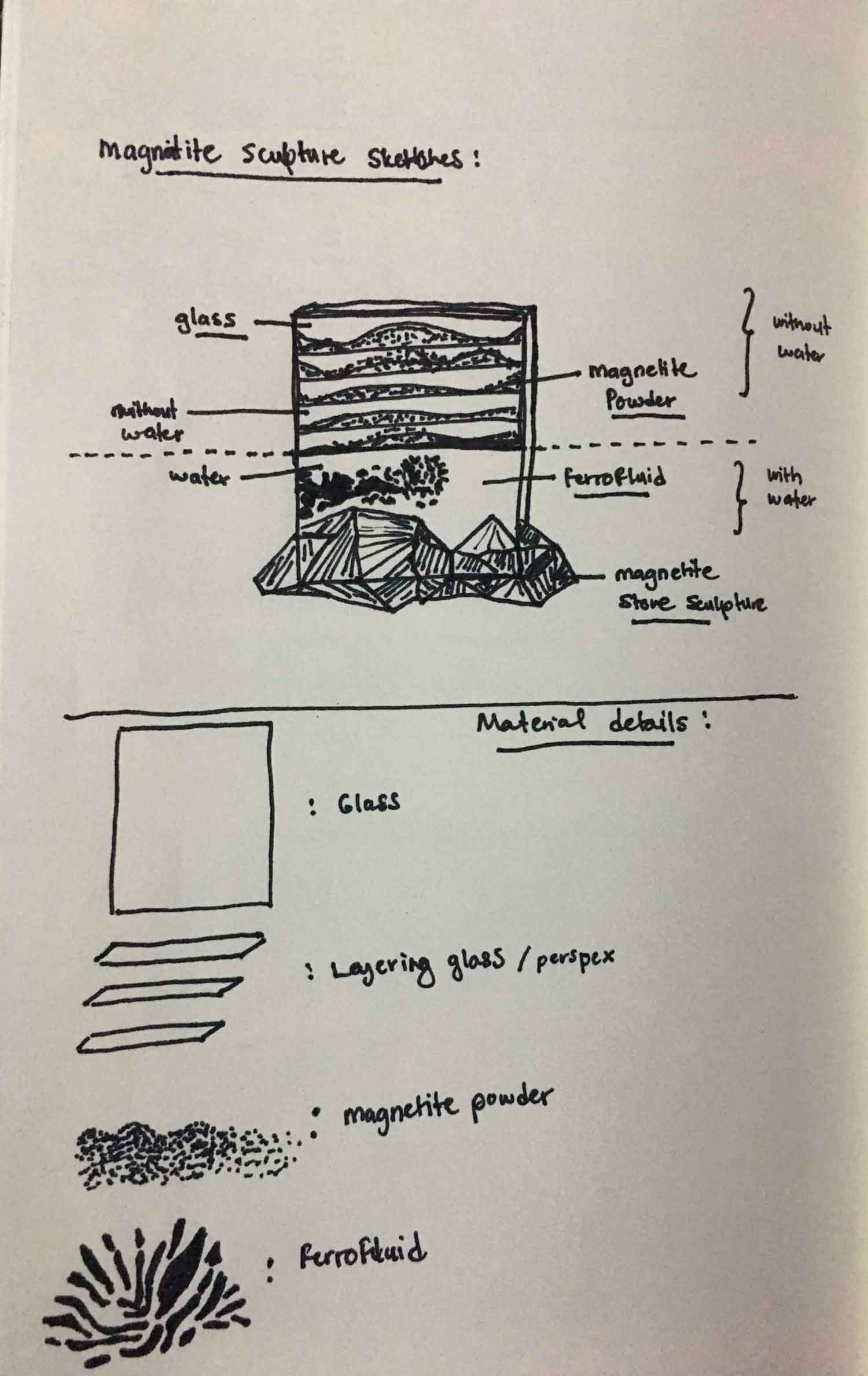
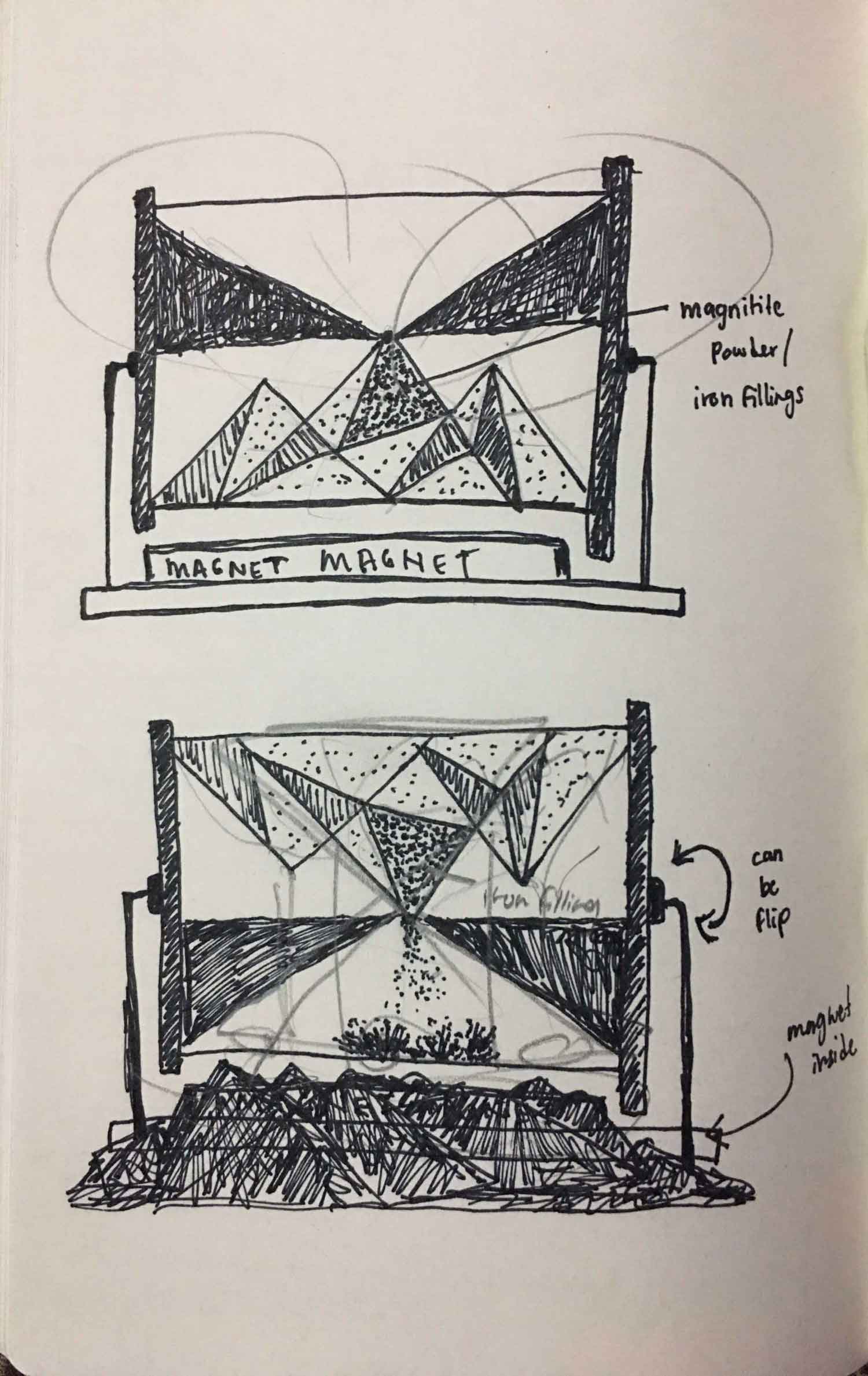





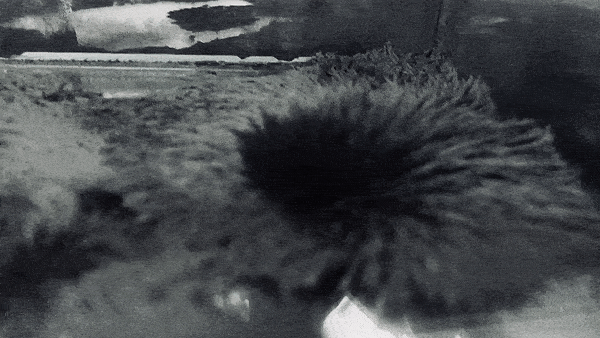


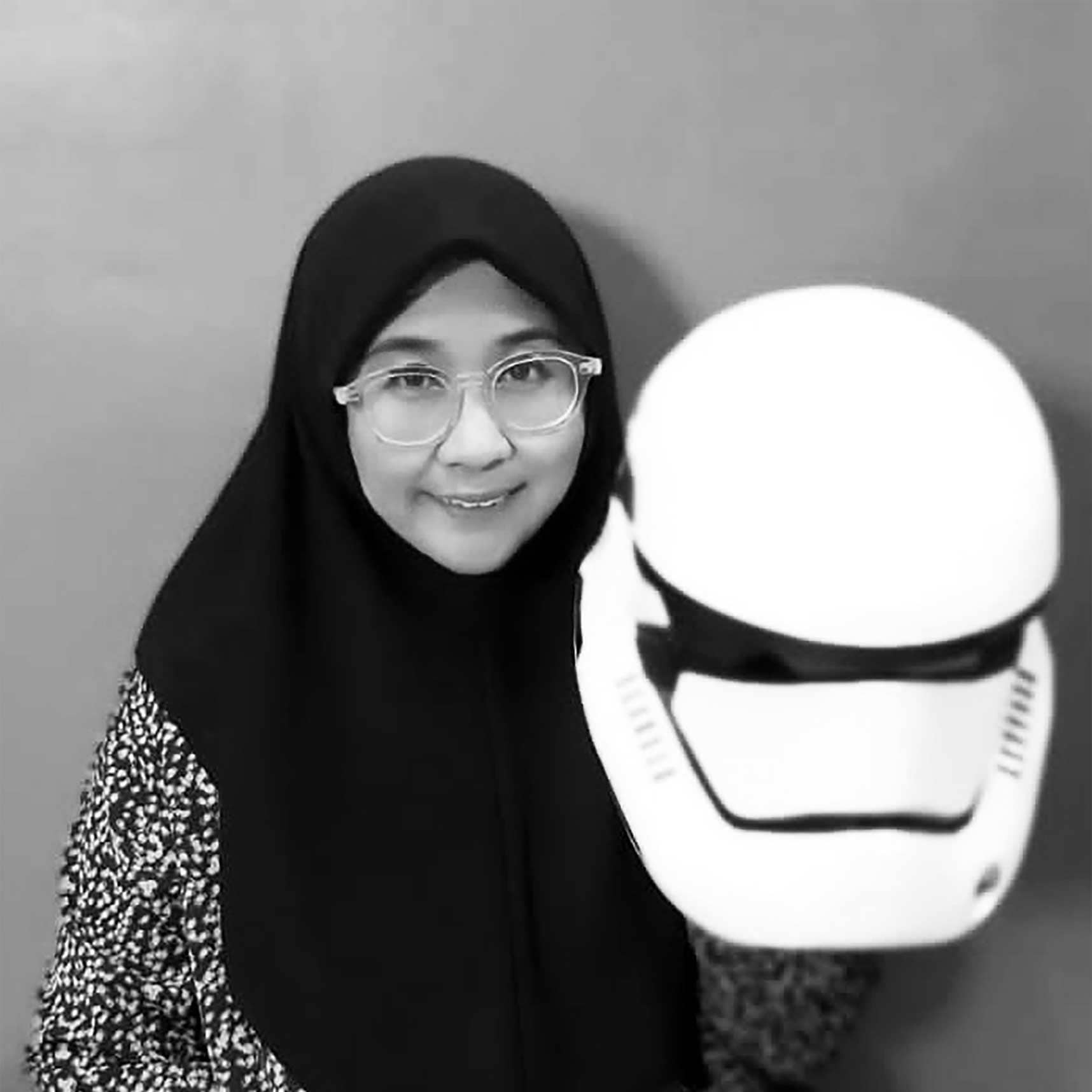

Lithophane Art in using 3D Printing Technology
Muhammad Sukor Bin Romat
Noor Azzanny Binti Jamaludin
In ‘Wajah – wajah Malaysia’ artwork, we are using lithophane that will reveal an image which is created by 3D printing material and can contain highly detailed images with a glimpse of light. The multiple elements required to reveal the hidden images make the lithophane so interesting to observe.
In 3D printed lithophane artwork is made of thin material with varying thicknesses. Thicker parts within the lithophane will block lighter than the thinner parts. This way the material can manipulate different intensities of light passing through the material.
With the eye, it can be seen as different intensities of bright and dark on the lithophane. The bright and dark gradient will represent different intensities of gray. These different intensities can create highly detailed images of artwork.
Artist will choose the design skills with different shapes and attributes. These features are highly design, so there are lots of undiscovered ways to design it which could be a great innovative look for lithophane.

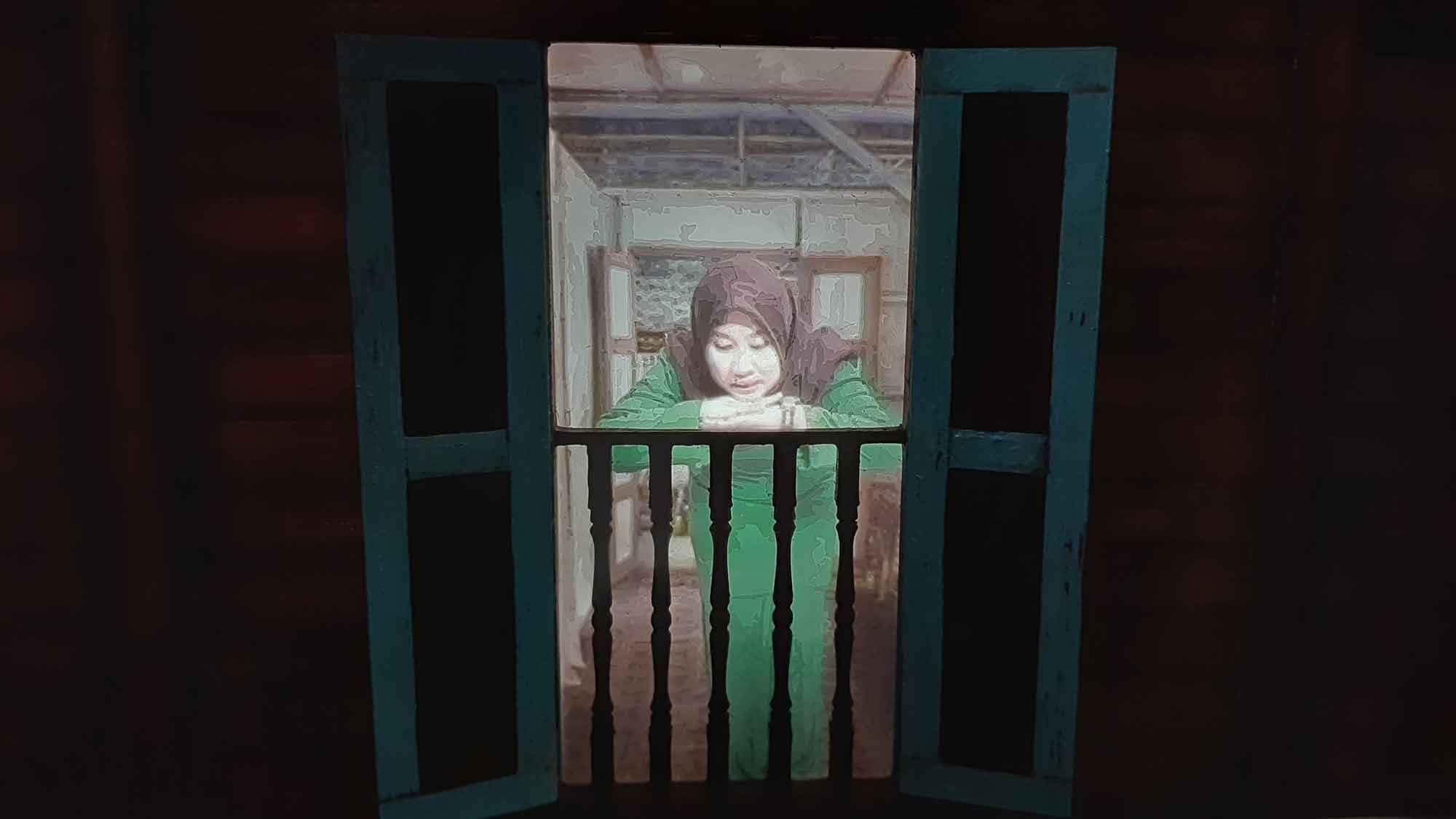

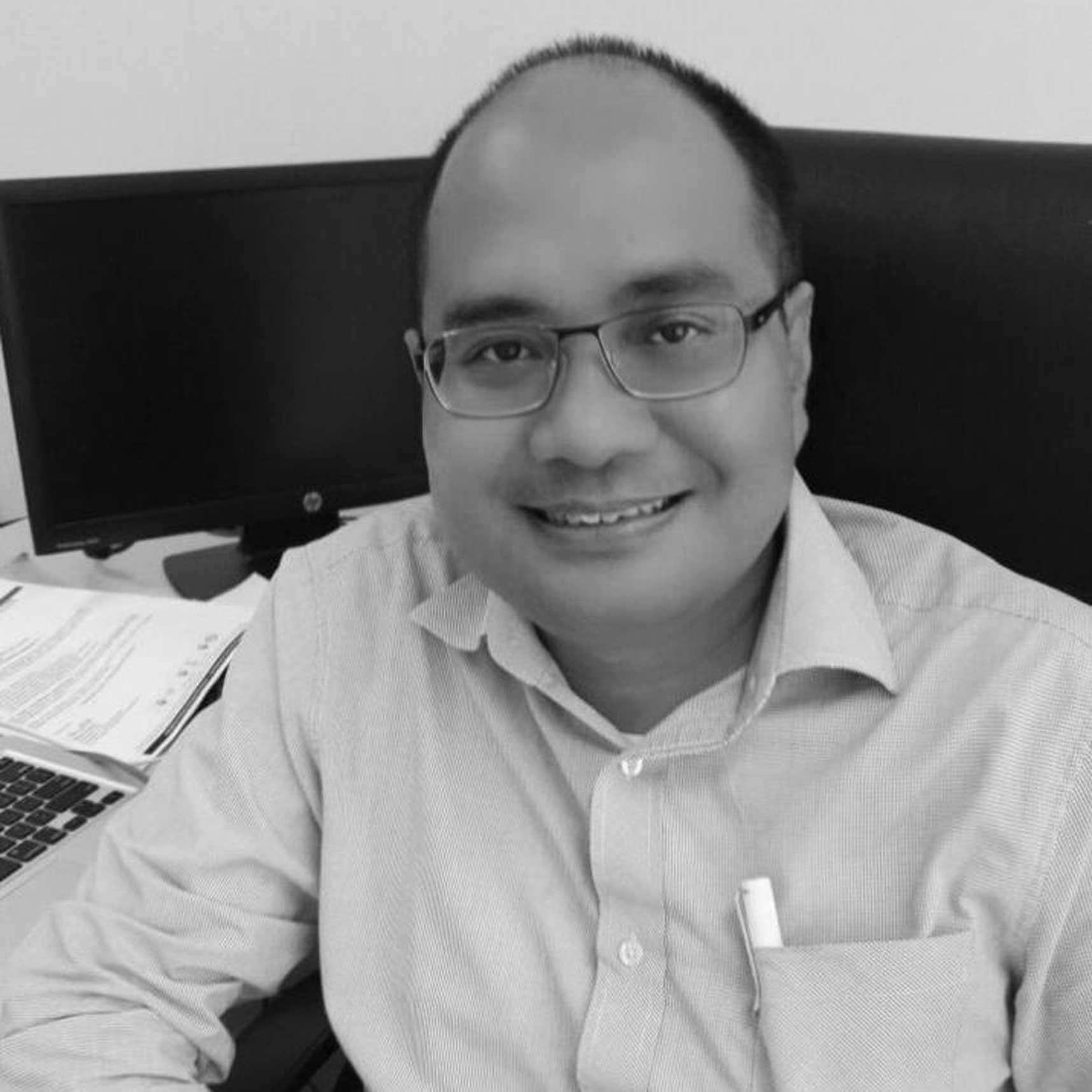
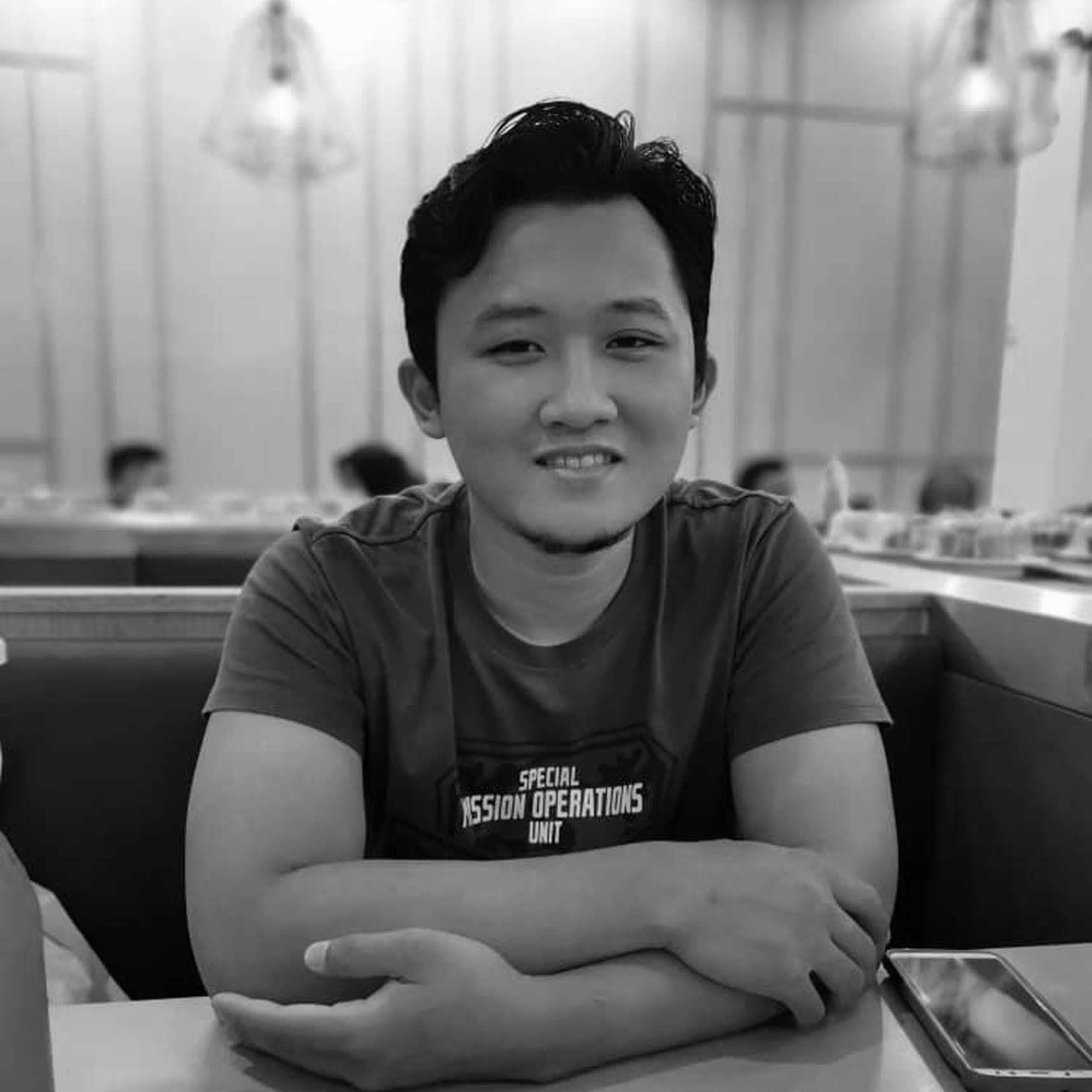
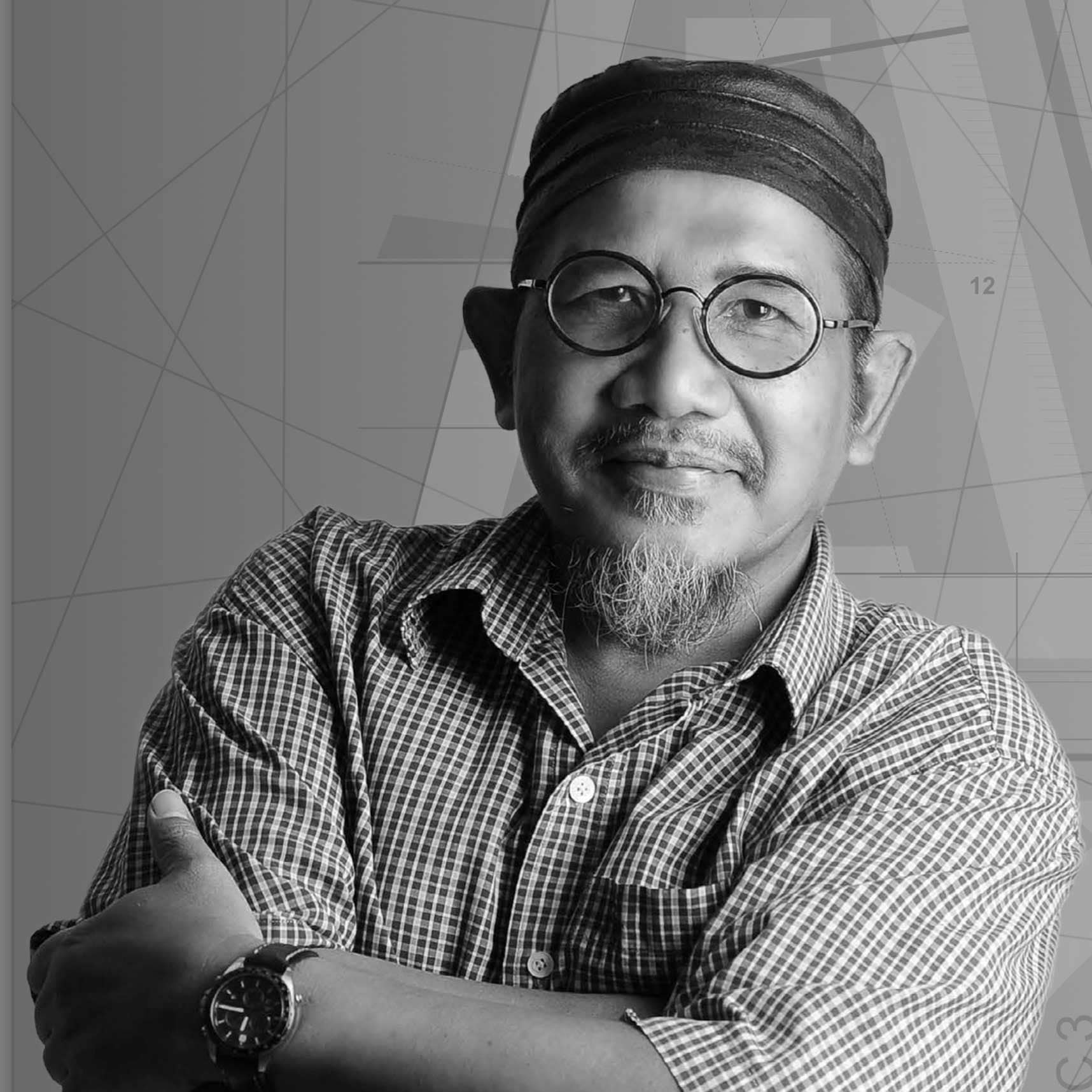

Digital-Tropical: Breathing the Waves
Dr. Hanif Baharin
En. Muhammad Hafiz Mastro
En. Nasir Baharuddin

Digital-Tropical: Breathing the Waves is inspired by a data science project which involves the collection of wave height data from Tioman Island. Wave height was recorded every hour of each day, for two years, starting from January 2013 to December 2014. The aim of the data science research was to find out the patterns of the waves for renewable energy generation. The data collected was analysed using Self Organising Map (SOM) data clustering technique (Nohuddin, Zainol, & Amir, 2018).
Digital-Tropical: Breathing the Waves explores how humans can design and use technologies that are in-sync with nature instead of adopting the paradigm of overcoming or conquering nature through technology. Prior to the modern era, humans do not have the sophisticated scientific knowledge to alter nature in a way that we can do today. So, they made do with the satisficing solutions at hand, and one way of doing so was to design their world to be in harmony with nature, or to use design that ‘work-around’ nature. Traditional tropical architecture is the embodiment of this design. Traditional tropical houses were designed to enable its occupants to live with flooding and improves air circulation in the hot and humid tropical climate. These houses do not permanently change the natural environment and were made from parts which can be reusable and moveable.
Our work highlights the architecture of Istana Puteri Bongsu at Taman Pantun UKM that made it suitable for the tropical climate. Adopting the vision and artistic approach of Tangible Bits by Hiroshi Ishii (Ishii, 2019), instead of sensing the world in real time, this work represents historical data of oceanic wave heights by using lights which illuminate the underside of a traditional tropical home. The area under the house is lit up using LED strips so that it is visible to the public at night. The brightness of the blue light from the LED corresponds to the oceanic wave heights data – the higher the wave the brighter the LED. The change of brightness of the light under the house is timed to mimic slow human breathing to invoke calmness through sensorial experience.
The backbone of our process is transdisciplinary discourse, adopting the ‘visual and discourse’ methodology used by Nature’s Yield and Wonders of Art (NYAWA) exhibition developed by Nasir Baharuddin (Baharuddin, Salehuddin, Zaman, & Noor, 2018). The four main processes of this methodology are amplifying thought through a concept development by acknowledging the process of thinking and ideas, sharing consciousness as collaborative processes, seeding the structure for self-organizing systems in order to plant the system of values between self and others, and by making metaphors to build new understanding from knowledge process that produce meanings.
The conception of our work is the result of three face-to-face discourse sessions with experts from various disciplinary backgrounds (art, architecture, engineering, data science, interaction design, and human-computer interaction). First, the data scientist presented her findings from her research on collecting wave heights data. Then the experts discussed about the aspects of the research from the lens of their respective disciplines by discussing issues, problems, opportunities that are related to aspects of the research. The discourse among us and the experts continued throughout the project via a social messenger app.
Our philosophy is the emphasise on meanings over forms. Our visual and discourse methodology focuses on meanings before identifying visual linguistic and representational mechanisms, thus allowing multiple interpretations of meanings through various disciplinary lens. Each of the experts involved in the discourse came out with an article about the work through the lens of their respective disciplines. Thus, our work truly demonstrates how art and science are not a dichotomy, but both are a part of a continuous whole. Digital-Tropical is not merely an artistic representation of scientific data, but a cohesion of various transdisciplinary worldviews of extended possibilities, of new meanings which acts as a catalyst for further explorations and discourses.
Once we have decided on the meanings our work could bring forth, led by an experienced artist our group, previous artworks were analysed (visual discourse) and the final form the work emerged - a site-specific art installation. The articles produced by our experts touched on these topics: wave data trend cluster analysis for renewable energy generation, physical computing as data visualisation, sensorial experience of the natural aesthetics, the therapeutic effect of fractal geometry in Malay woodcarving motifs, and deconstructing tradition as the enlightenment of technology between cultural wisdoms.
Therefore, in our work, the wave data becomes an agency of operational as a timeless construction between history of memories and the fact of nature, where with new digital/analog it makes the construction of reality becomes ‘public reality’ as an observing system. In addition, the situation of the subject spark new language of interpretation freedom, in which public will start to wonder about the space of old and new to observe and individualise the construction of reality, wondering about the event as new structural identity to its location, and creating an awareness of situation to an environment of interaction in shifting ecological subjectivities. This sense of subjectivities suggests the grammatical subject and object of this expression and suggests the environmental link or influence on the interchangeable tropical surroundings interwoven with the cosmic.
References: Baharuddin, M., Salehuddin, A., Zaman, F., & Noor, A. S. M. (2018). The Convergence of Art and Sciences in Digital Age: Some Perspectives from Nyawa Exhibition in Malaysia. In Proceeding of the 5th International Conference on Arts and Humanities. TIIKM Publishing. https://doi.org/10.17501/23572744.2018.5106 Ishii, H. (2019). SIGCHI Lifetime Research Award Talk. https://doi.org/10.1145/3290607.3313769 Nohuddin, P. N. E., Zainol, Z., & Amir, M. A. U. (2018). Trend Cluster Analysis of Wave Data for Renewable Energy. Advanced Science Letters, 24(2).




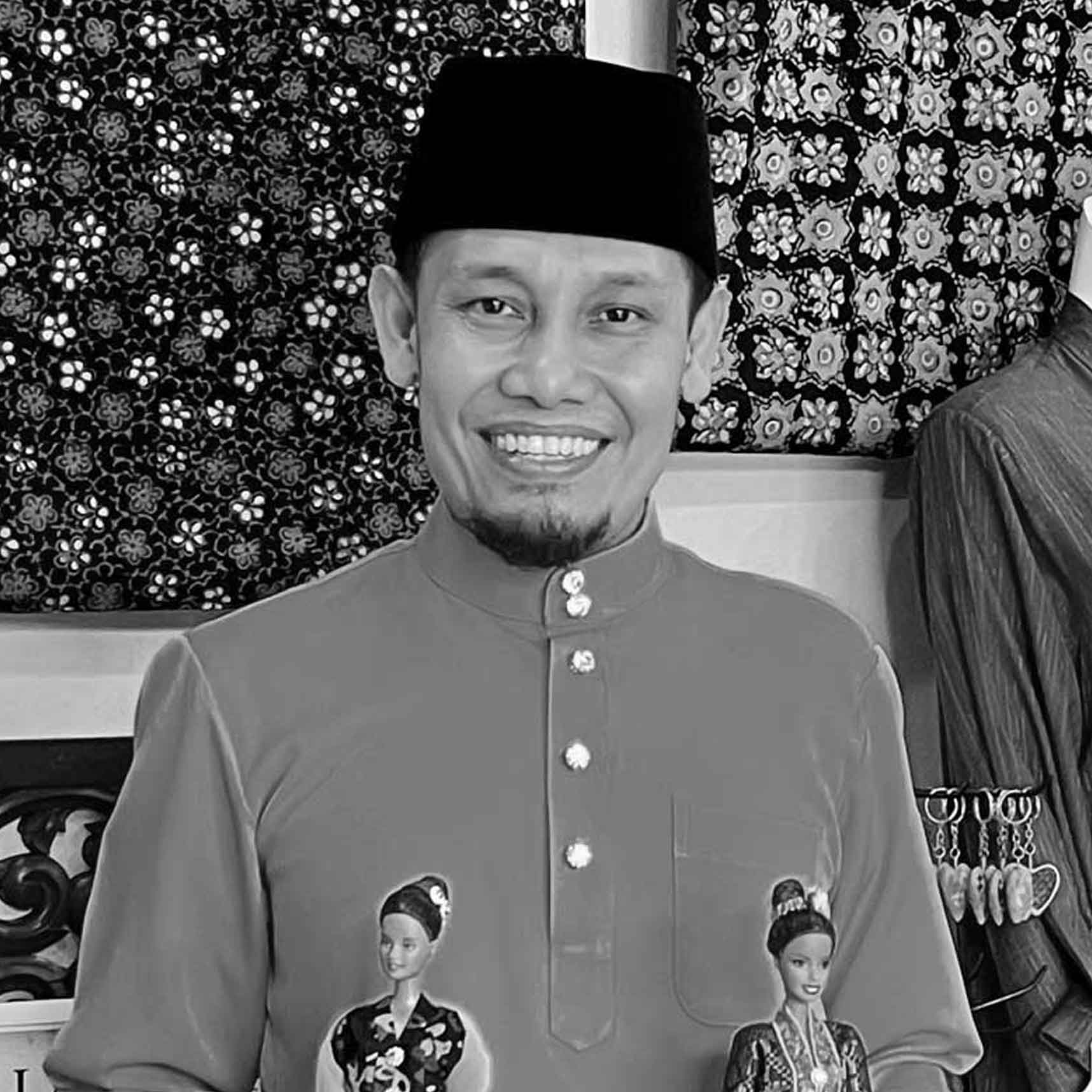

Gema Gamelan Lambang Sari: Therapeutic Art
Muhammad Fazil Bin Ahmad
Assoc. Prof. Dr. Norsuhaly Binti Abu Bakar
Tengku Ani Soraya Binti Tengku Sulaiman
NOBAT: THE ROYAL SOVEREIGNTY
NOBAT is one of the Malay art heritage that has remained until now. In Malaysia, NOBAT is the music that played in the palace as Royal Malay performing arts. Among the states that still maintain Malay music NOBAT is Perak, Kedah and Terengganu. NOBAT music is a kind of Royal band played only in the palace and its musicians are made up of just a few people. Usually, NOBAT players will be passed on from generation to generation. In ancient times, NOBAT was known only to the locals who lived near the NOBAT area to be performed. Whereas outsiders do not know much about NOBAT music. NOBAT has some special privileges. Among these are NOBAT only played during certain ceremonies in the palace such as coronation ceremony, welcoming newborns to the palace and more. In addition, there are some restrictions that should be followed when NOBAT music is to be played. The word NOBAT comes from the Persian language which uses the word "Naubat" to mean nine types. The unique feature is that to this day, no specific musical notes have been written for NOBAT songs, and the musicians called ORANG NOBAT just listen and memories every song that is passed down from generation to generation. Originally, NOBAT usually performed every day, in the mornings and evenings during royal wedding ceremonies, in the evenings during the fasting month and every Thursday evening at the palace.

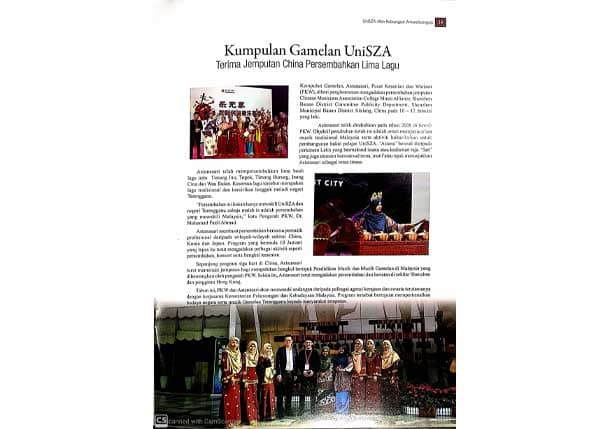


Nada Bumi: 3-D printed Malay Rebab
Ainolnaim Bin Azizol

“While a picture may be worth a thousand words, a soundscape is worth a thousand pictures"- Bernie Krauss (2013).
What is soundscape? As defined by Bernie Krauss (2016), a soundscape is a sound or a mixture of sounds that forms or arises from a place with immersive environment quality. The scientific study of the soundscape is the subject of acoustic ecology or soundscape ecology while the artistic study of the soundscape is the subject of sound art and soundscape composition. The art of soundscapes may expand into electroacoustic music performance, mixed media or installation form. My Ph.D. artistic-creative research explores the relationship between soundscapes ecology and Malay culture in defining identity through sound art practice.
Nada Bumi is a creative-artistic practice based research project and consists of work in progress of five electroacoustics soundscape compositions and five soundscapes ecology collections. I have managed to complete two electroacoustics soundscapes works from Nadi Bumi theme and the remaining three are in sketch form. Like a Makyung music style and program, the first work - Bertabuh is an opening music or introduction for the theme in quasi-acousmatic style and immersive sound diffusion from eight surround speakers based on found sounds or soundscapes of rainforest, which aim to invoke and recall the nature spirit dialectic images in relation to Makyung mystical world settings. The spatio-temporal based of the immersive sounds creates two sonic worlds: reality and illusion. This work may include visual projections to enhance the characteristic of the work and was programmed to be performed at the Nottingham New Music Weekend and Midlands New Music Symposium, University of Nottingham but was postponed due to Covid-19. The second work - Menghadap is a live electroacoustics soundscapes performance for Bass - Viola da Gamba which is similar to a Malay Rebab based on the same theme and uses ‘generic’ Serotine bat echolocation ultrasonic sound recordings retrieved from archive for a dialogue between the music instrument in abstract sonic world. My main idea for this work is to use the False Serotine Bat species echolocation signature which is an endangered species and only can be found in Malaysia. But for this work, I only manage to use the generic Setorine species bat echolocation found in the archive. I have contacted Dr. Juliana Senawi from Universiti Kebangsaan Malaysia, to obtain the bat echolocation through field recordings but due to Covid-19 pandemic, the recording activity was postponed. This work will be premiered for Bristol New Music Festival 2021. The third work - Nu is an electroacoustic soundscape work for a Pipe Organ and ambient soundscapes of Gua Tempurung, Perak. The fourth work - Enchanted Rain is an electroacoustic soundscape work for Voice, Flute, Violin, Cello and MIDI-sampler based on a poem by National Laureate, Muhammad Haji Salleh - Rain. The fifth work - San , is a closing work for the theme and a quasi-acousmatic soundscape work with sea soundscapes from Kelantan.
Nada Bumi web is a work in progress digital platform to disseminate the soundscapes ecology field recordings collection in its original sonic form from selection of Malaysia's most important cultural and heritage sites as listed by UNESCO and the Department of National Heritage Malaysia. These recordings were then synthesised to be used for the five electroacoustic soundscapes compositions for creative and concept expression.
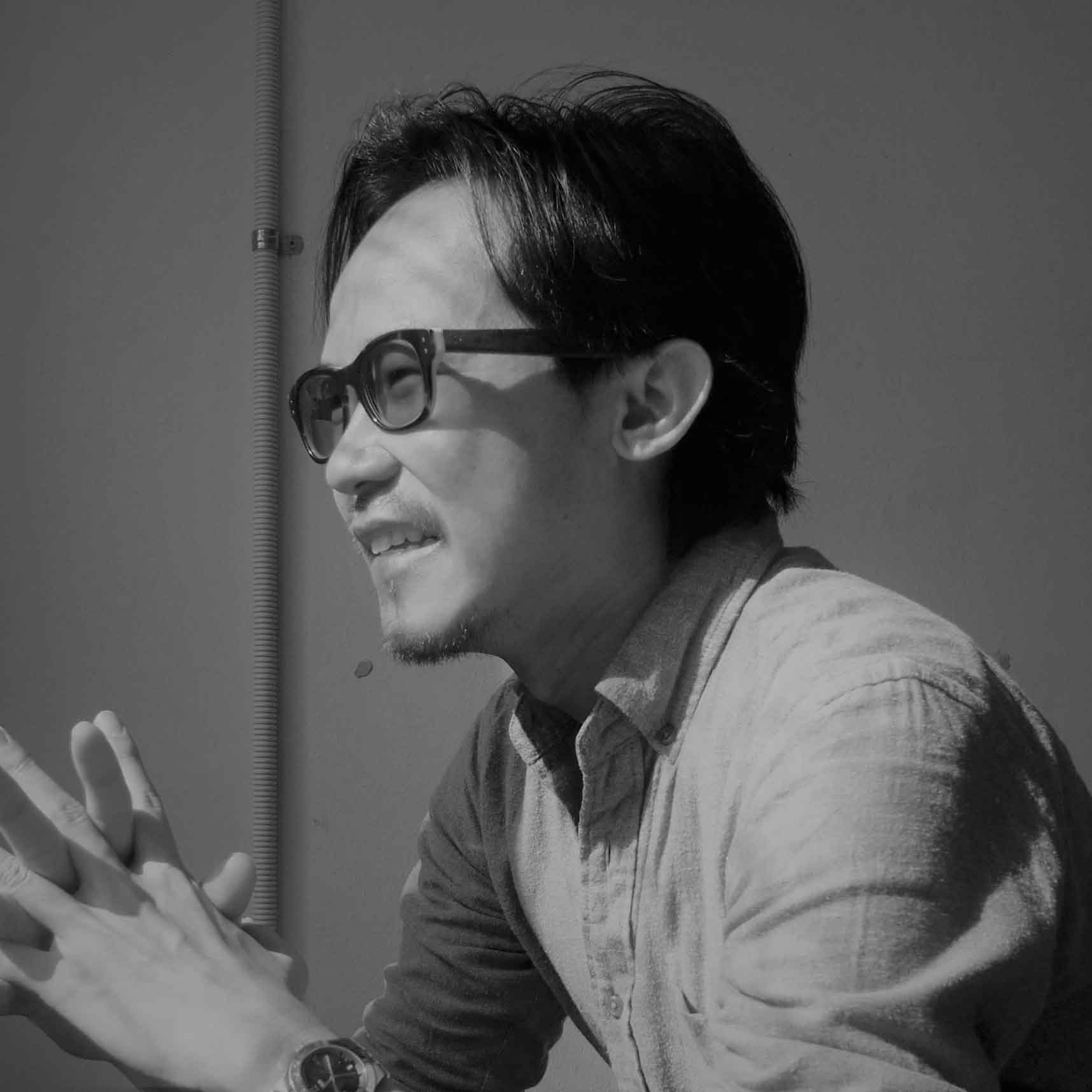

Operasi Cassava – Reconsidering Cassava’s Agency through Human-plant Interaction
Dr. Lim Kok Yoong (MMU)
Operasi Cassava is a research project that examines memories produced by intersubjective relationship between human and plants, specifically the root vegetable cassava. Cassava or Ubi Kayu in Malay language, is a very common and inconspicuous plant but once served as a major source of carbohydrates for the nation during the Japanese occupation in Malaysia (then Malaya) during WWII. Cassava plant originates from South America and it was brought into South East Asia by the Portugese and Spanish traders. After so many decades, this foreign crops have been localized and assimilated into the local food culture hence its rich cultural history. Throughout human culture, plants play a significant role; they reflect "special meanings and memories of other people, locations and times".1 Plants, in fact, constitute certain social practices and customs and the ethics of a place. They have profoundly affected the very development of human society throughout the history of humanity. However, plants' agency and their specific intelligences have yet to completely factor in the study of social practice and
1 William L. Bale, Clark L. Erickson. 2006. Time and Complexity in Historical Ecology: Studies in the Neotropical Lowlands. Columbia University Press, New Yo
knowledge production. The premise for this project is based on the speculation that human memory is shaped by the plurality of subject’s embodied experience in which non-human species quintessentially influence some aspects of the corresponding corporeality. With this proposition, the project focuses on cassava by initially probing the eminence it holds in the collective memory of the Malaysian society regarding the Japanese Occupation in Malaya.
Ironically, historian and biologist were critical of attempts to indoctrinate society in an anthropocentric and zoocentric assumption – plant cannot bear agency because they do not have brain. As an attempt to demonstrate the social and cultural significance of Cassava or ‘Ubi Kayu’, the plant was cybernetically anthropomorphized into an entity that is capable of curating its memories and history together to human agent. This renewed conceptualization of plants in Operasi Cassava as an autopoietic and agentic beings form the conceptual basis for the further consideration and exploration of this interdisciplinary framework. This is done by inferring memories through digital aesthetics, or in other words with the creation of an online archive that enables storage and access of still images, video, sounds, interviews and texts that echoes the consumption (or domestication) of cassava during from the occupation to date. As an aesthetic display in the context of museum or gallery, the installation involves a farming cabinet consists of live cassava plant specimen, UV light, project of cultural data mined from the online database: text, visual and sound, all contained in a cabinet of curiosity. The digital projection is considered as an artistic representation of plant’s vitality state. The electrical potential differences were captured through wires connected to the roots of plants and the hardware interface. Due to the unique networked structure of the installation, audience were allowed to become the driving force of livelihood of the cassava plant - Audience can contribute to the archive and by tweeting messages or submitting their stories related to ‘ubi kayu’ to the digital repository at opscassava.com and by doing so they activate the UV light and water dispenser necessary for the plant’s growth. The aesthetic of database operates as a handy concordance between sense data of cassava and lived experience of the subjects whereby conveying that memories are not simply dependent upon a notion of human sovereignty but upon relations with the other entities in the world. Crucially here memories indicate inter-subjectivity as a causal explanatory concept that denote plants having equal agency as human experience through processes of material interaction, transformation, consumption and decay. This experiment with plant is speculating the possibility of plants being conscious of human being, having the ability to adapt to our actions and its internal responses or ryhthms can be externalized before our eyes. More progressively, audience might be involved in open questions concerned by this experiment, such as, from an ecological point of view, the interaction between human and nature; reflections on the frontier of art and science; issues of embodiment and disembodiment; points of view about cybernetic art. Most important, the necessary exhibition presents a metaphor that demonstrates the perception of the cultural and temporal dimension of cultural identity vis-à-vis organic matter.
Operasi Cassava started as an investigation of the concept of life, death, body and memory. It has then taken on several versions, involving researchers and academics from various disciplines ranging from crop scientist, engineers, information architect, cultural activist and artists. The project has also expanded into several avenues of experimental research with technology to excavate aspects of inter-subjectivity between humans and plants resulting in various installation works, digital artefacts, research papers and publications. This study of plant's agency through human-plant interaction offers a way forward for contemporary perceptions of plants that is contributing to the co-generation of our cultural practices, values and perceptions. If we were to engage in a long-term investigation about human-plant interaction, it would be helpful in understanding human-plant relationship and human history.

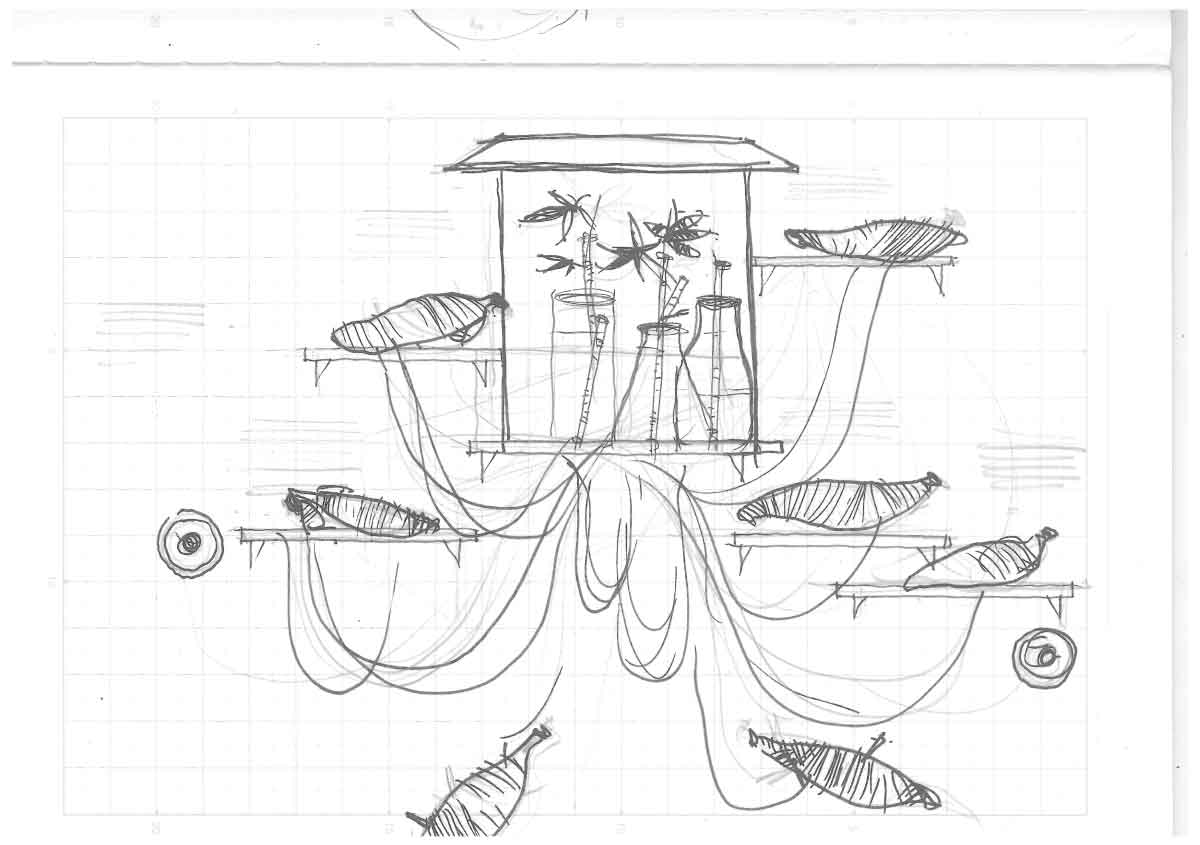

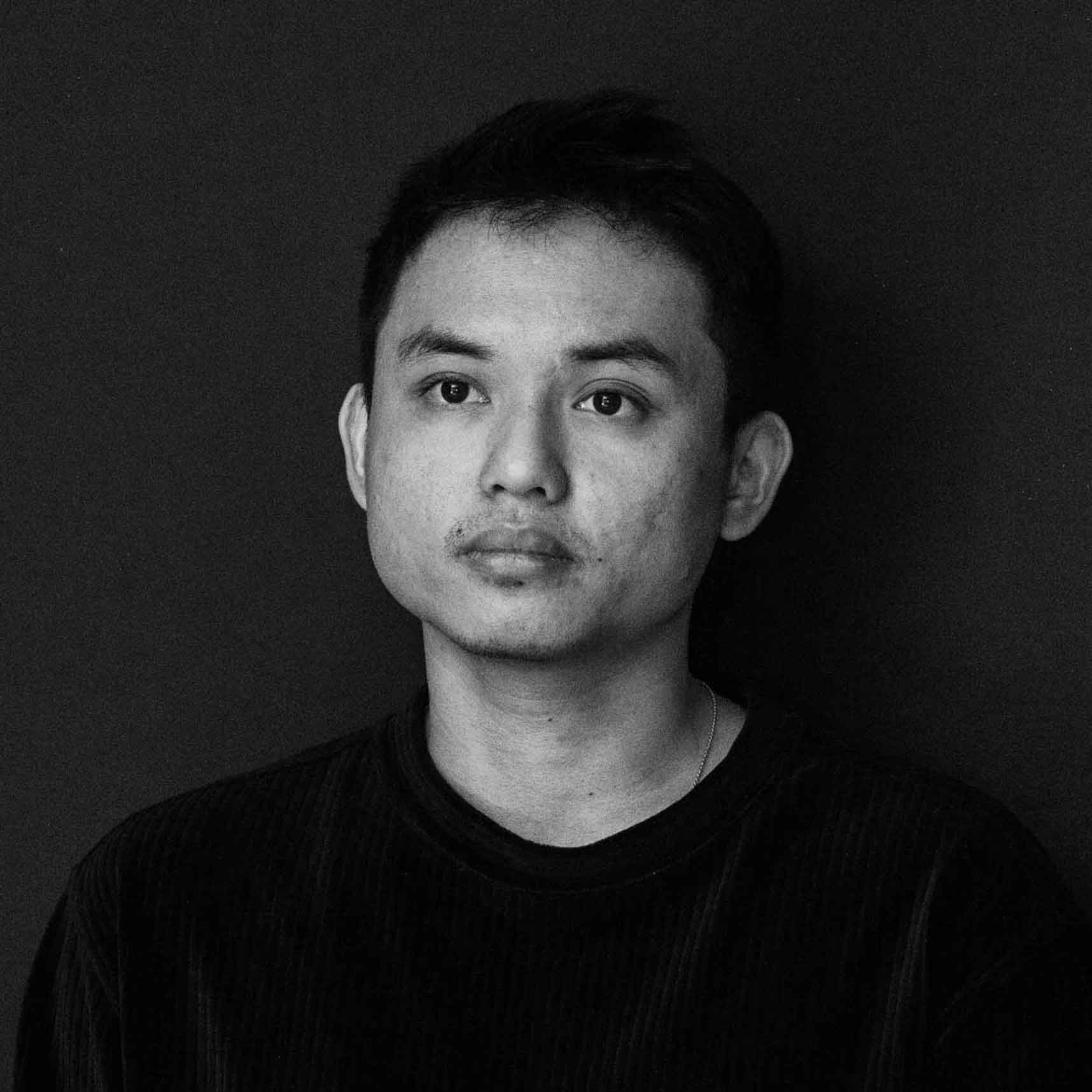

27 Years of Lazarian Delights
Chong Yan Chuah
27 Years of Lazarian Delights is the result of fantastical worldbuilding; artifacts from another solar system collected by an ambitious explorer who pursues a hedonistic thirst for novelty in a metaphorical journey of discovery, scientific observation, and ethnography.
“.....a brief journey into an obsessive mind. From acid lakes to fiery planes, from suicide ceremonies to a cipher for a script, this explorer records it all with the precise eye of a scientist unwrapping the logic of a new system. In doing so, he takes the language of scientific knowledge and bends it to a world of fiction and speculation, reapplying these tools to fanciful and radical ends. The world the explorer captures is fantastical, but in its essence it is a project in seeing, pushing us Earthlings to reimagine life with eyes anew.”


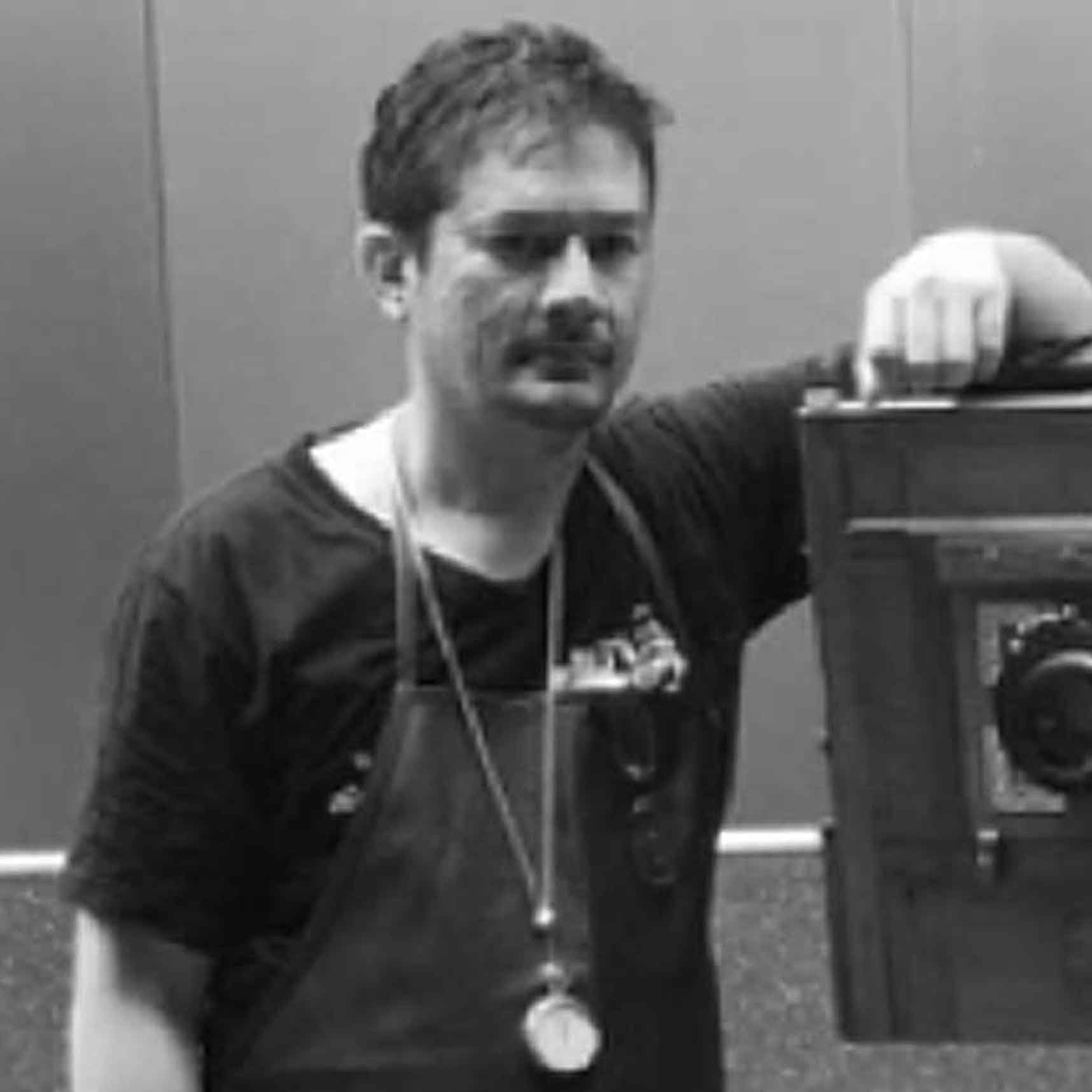

The Silver Lining
Asst. Prof. Dr. Khairul Azril Bin Ismail
Mrs. Nik Anis Kartini Binti Nik Ramzi Shah
This overall research project makes use of photographic historical practice as an investigative tool, through which a variety of strategies have been employed in order to imagine the appropriate visual mnemonics arrives from the traditional photographic portrait studio. The project provides a context within which to understand this art practice and expands upon and develops the themes in synchronously depicts that Art and Science are never apart from its fundamental core of rigour and values.
The history of the photographic showcase here is presented in traditional narrative form and as a discursive formation, being analysed at two specific junctures within this narrative. This historical and visual contextualisation allows the imageries to be viewed in terms of space and apparatus that embody particular characteristics of all things that are seemingly raw and fundamentally handcrafted towards its own nostalgic appeal that never ceased. It is suggested that whilst these characteristics are explicitly located within discourses relating to aesthetics, these works also incorporate an implicit psychical dimension.
As image objects within this box (which stood out from apparatuses, chemical compounds of silver, gold and platinum that makes up the imageries produced) that embodies the presence of the needed intimate gaze. The possibility of transference as of knowledge in this practice had been posited as best as one created to the actual practice since the 19th Century, and concludes with a reflection on how such practice produced was both conceived and executed in relation to theory, but also on how it can be thought of as providing a unique and valuable contribution to knowledge in and of itself.
The techniques made not only makes apparent a coercive discourse and academic reasonings that exists within these photographic practise, but it also stimulates a particularly compelling and pertinent analysis of how the two; Art and Science, are all part and parcel of what once we all knew as the field of ‘natural philosopher’.


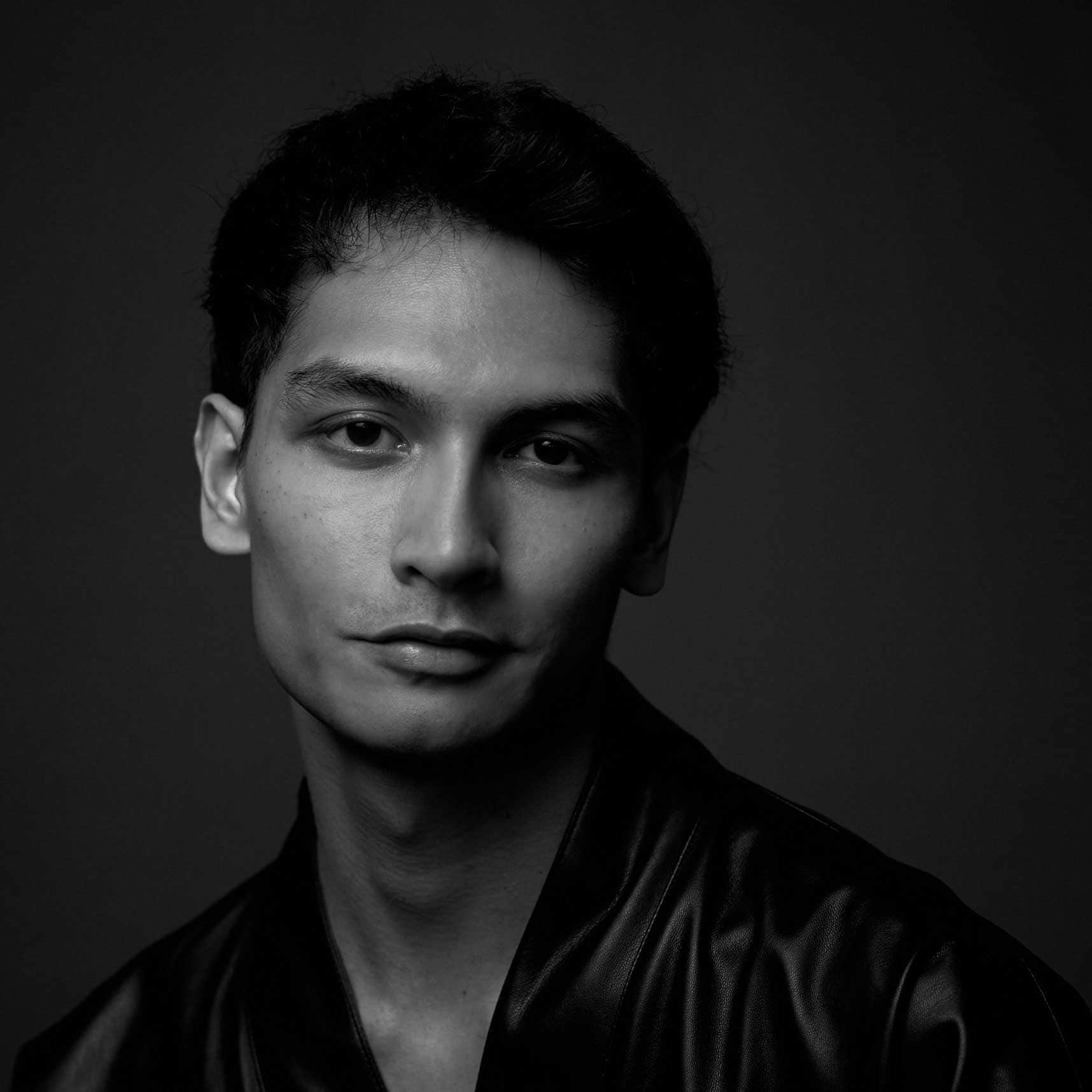


The Last Glow
Mr. Shufitri Mohd Shukardi
Dr. Afiq Mohd Fahmi
Corals depend on their symbiont zooxanthellae for nutrients while zooxanthellae depend on corals for protection. Rising seawater levels and ocean warming threatens the mutualistic relationship that corals have with zooxanthellae causing corals to expel zooxanthellae, leaving the zooxanthellae to drift off into the sea while the corals begin to starve. While some corals die, others are capable of producing fluorescent pigments that optimise photosynthesis for their zooxanthellae, giving both of them a fighting chance in acclimating to the changing ocean. This work reflects the state of dying and highlights the oddity of fighting for togetherness.
The torchlight provided can be used to interact with the installation by charging the glow in the dark materials for a brighter glow.



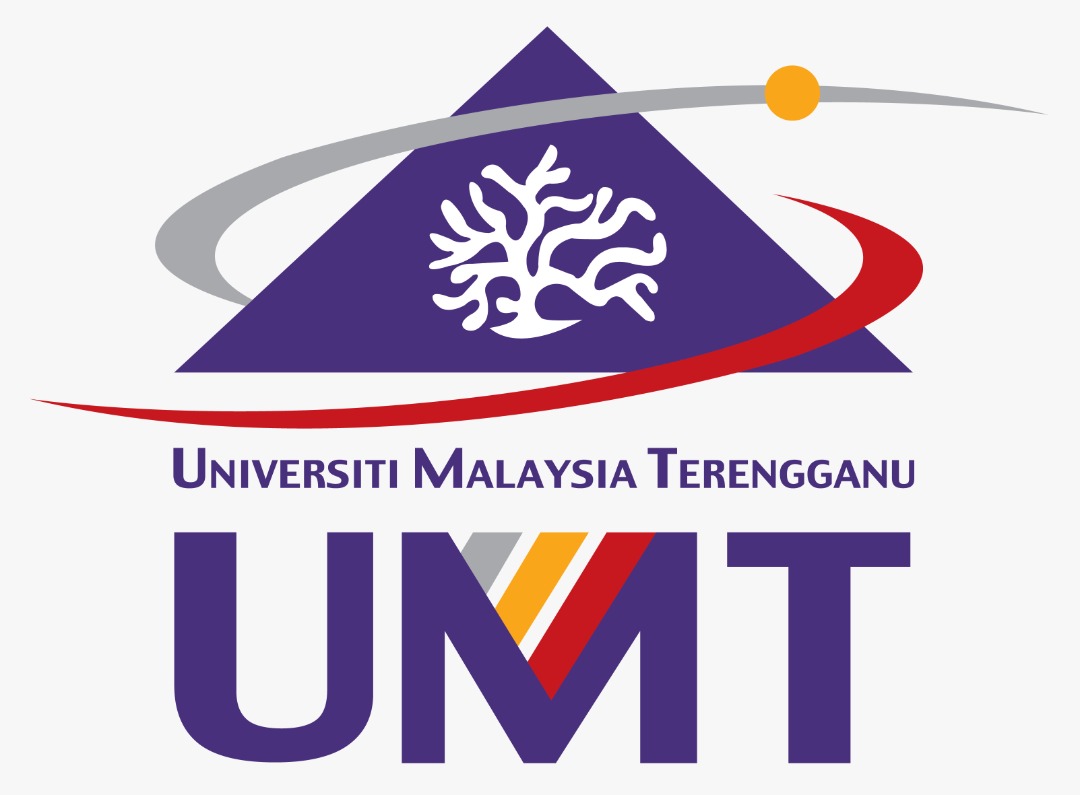









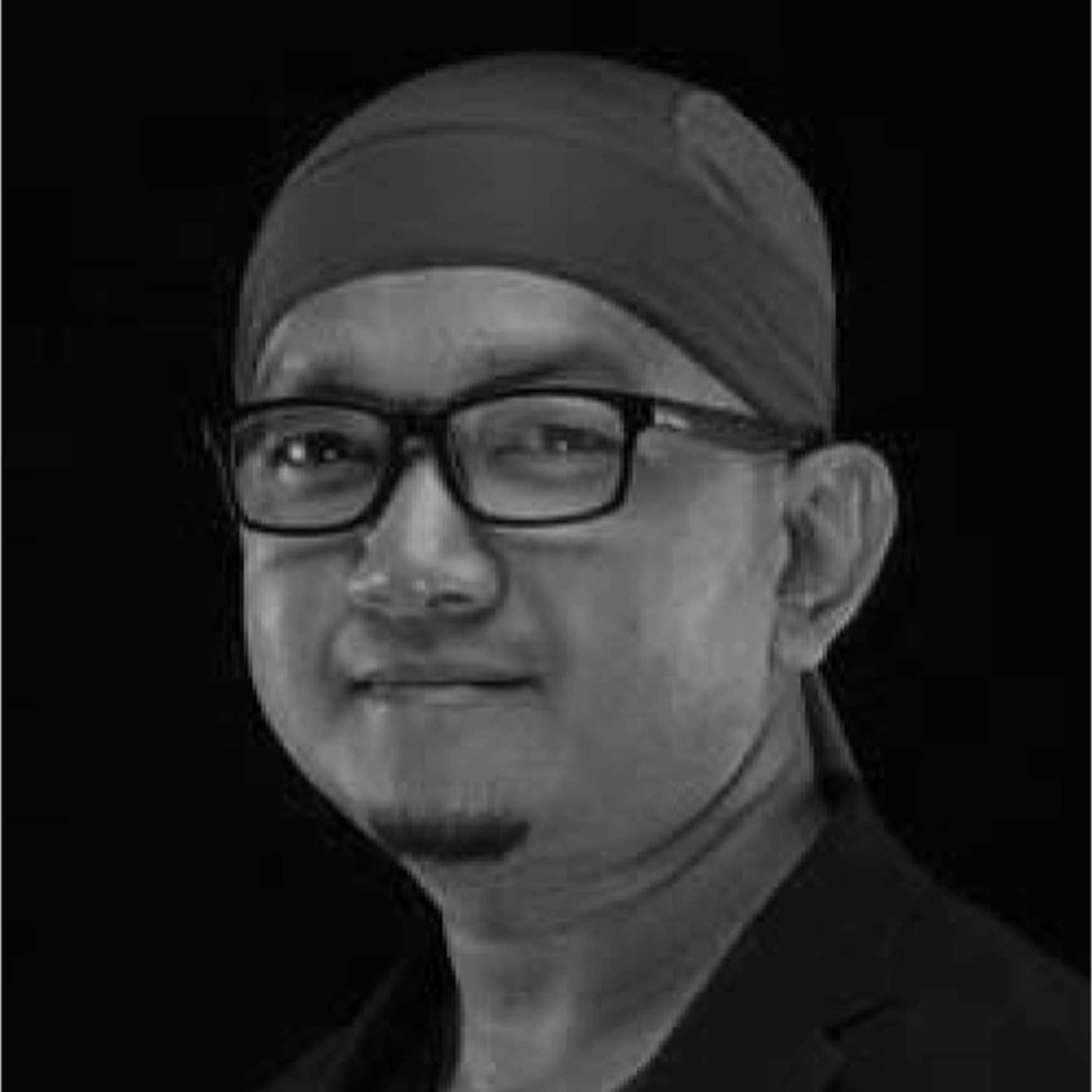

Marks Making No 1 to No 8.
Dr. Hushinaidi Bin Hj. Abdul Hamid
Malaysian lands are very rich in natural resources especially Shale and Lateritic rocks. The transformations of coloured rocks to colorants for artwork can give a huge impact to the government, industries and consumer. The aim of this research project is to process and produce natural colorants from shale and lateritic rocks into colorants. X-Ray Fluorescent (XRF) was carried out to identify content in each rock whilst Field Emission Scanning Electron Microscopy (FESEM) was performed in order to determine the sizes of the rocks after grinding accurately. Two grinding methods were carried out, which were by using jar mill and planetary mono mill. The rock colorants were applied to cotton, linen and polyflax based canvasses. All of the rock colorants were mixed with acrylic medium and then applied on canvas by nylon flat brush. The applications on canvases were divided into three stages which are single colour application, tint and shade and the colour mixing. The painted samples (single colour application) were then evaluated based on fastness to light. All of the painted samples in micrometre and nano sizes colorants exhibited excellent results of light fastness testing (Hushinaidi, 2011, p.144). The ranges of colours that are available when converted to colorants are not wide but enough to be used as a substitute colorants beside synthetic colorants. Existing industrial colorants known to be carcinogens to human contact and environment (Porwal, 2015), the use of natural rocks as colorants was less toxic thus is safe for human use. Malaysia is moving towards a cleaner and safe environment. This research finding would be able to fully contribute towards this aim.
References:
Hushinaidi A. H. (2011) Experiments In Micrometer And Nanosizes Of Shale And Lateritic Rock As Colorants On Canvas. UiTM
Tina P. (2015). Paint Pollution Harmful Effects On Environment, [Social Issues and Environmental Problems,Vol.3 (Iss.9:SE): Sep, 2015] ISSN- 2350-0530(O) ISSN- 2394-3629(P)Impact Factor: 2.035 (I2OR) Retrieved from http://www.granthaalayah.com ©International Journal of Research - GRANTHAALAYAH
IARC Working Group on the Evaluation of Carcinogenic Risk to Humans. Chemical Agents and Related Occupations. Lyon (FR): International Agency for Research on Cancer; 2012. (IARC Monographs on the Evaluation of Carcinogenic Risks to Humans, No. 100F.) OCCUPATIONAL EXPOSURE AS A PAINTER. Available from: https://www.ncbi.nlm.nih.gov/books/NBK304433/





Fractal Lights
Assoc. Prof. Dr. Shureen Faris Abdul Shukor
Mr. Iskandar Khalifah Mohd Razali
Fractals are unique and complicated mathematical forms of art. Patterns repeated at different scales like the branches in lungs and neurons, are fractals where simple mathematical rules apply to a vast array of things that looked visually complex or chaotic. Interestingly, different fractals found in nature when viewed as an enlarged image, some will bore uncanny similarities. Natural fractals such as the surface of water, the structure found in spongy bone, the coral design or aerial view of mountain ridges could give different interpretations from one person to another. For example, at a close angle, the brain cortex somehow could be mistaken as the leaf veins. As been proven from past research, participants recovered from stress 60 per cent better when viewing images with fractal dimension.
Our visual system is in some way hardwired to understand fractals. The stress-reduction is triggered by a physiological resonance that occurs when the fractal structure of the eye matches that of the fractal image being viewed. This Fractal Light project hypothesized that by viewing fractal patterns projected from lights will create an ambiance that could reduce the depression and anxiety level among patients diagnosed with mental health disorders. This project also intends to support mental health services such as the community-based specialist where it demonstrates how patterns of nature can be experienced visually as part of a restorative approach by using lights.
This experimental study on fractals uses light to emphasize the different shape of fractal patterns. Images produced when lights passed through the patterns are varied, including a few that are mysterious or perplexing. The shadows are intended to portray the unification of nature where different fractals seemed interconnected. The project also demonstrates how patterns of nature can be experienced visually as part of a restorative approach by using lights, while the intricacy of the images will evoke curiosity and excitement among viewers. The images of certain fractal geometries found in nature may contribute in the study area of mental stress reduction and eventually how these patterns can be applied in the design around us.The artifact also demonstrates how patterns of nature can be experienced visually as part of a restorative approach by using lights, while the intricacy of the images will evoke curiosity and excitement among viewers.
In this circumstance, the individuality of a person is quantified and broken into divisible digits. Crucially with the ascendency of predictive analytics, algorithms and other data centric intelligence – the affective qualities of a person, or to put it differently the views, thoughts and feeling of an embodied human subject that makes up humanistic subjective reality recedes into some form of subset that could be enumerated. As a result, a subject is ultimately deprived of subjectivity when altered into numeric abstraction of quantifiable data which holds capital value under the pretext of the symbolic authority of scientific objectivism. It is at this juncture that the project argues for the necessity of convergence between artistic and scientific philosophy. Before proceeding, it must be clarified that convergence here must not be taken on face value as an act of coming together or merging of two different philosophical thoughts to demonstrate some form of unification, or cohesiveness in articulation. The hesitation here is driven by the normality of this approach where it usually ends up withholding one domain as mere illustration, or depiction tool for an idea presented by the other – usually being the art as visually interpreting a complex idea put forth by science.



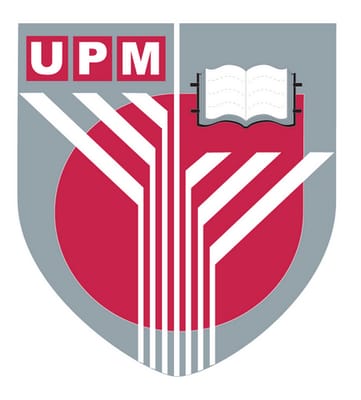
The ASM  Prize is the first of
its kind
established in Malaysia to nurture creativity at the convergence of the arts and the
sciences and to celebrate the works of the nascent community of artist-scientists. The
Academy of Sciences Malaysia (ASM) in collaboration with the Maybank Foundation and
National
Art Gallery is launching the first ASM
Prize is the first of
its kind
established in Malaysia to nurture creativity at the convergence of the arts and the
sciences and to celebrate the works of the nascent community of artist-scientists. The
Academy of Sciences Malaysia (ASM) in collaboration with the Maybank Foundation and
National
Art Gallery is launching the first ASM  Prize 2020 Virtual Exhibition on 8
November 2021, showcasing the Prize winners and eleven other works that were shortlisted
for
the inaugural Prize 2020.
Prize 2020 Virtual Exhibition on 8
November 2021, showcasing the Prize winners and eleven other works that were shortlisted
for
the inaugural Prize 2020.

ALANGKAH
ASM ARTSCIENCE VIRTUAL EXHIBITION
Movement
WASD


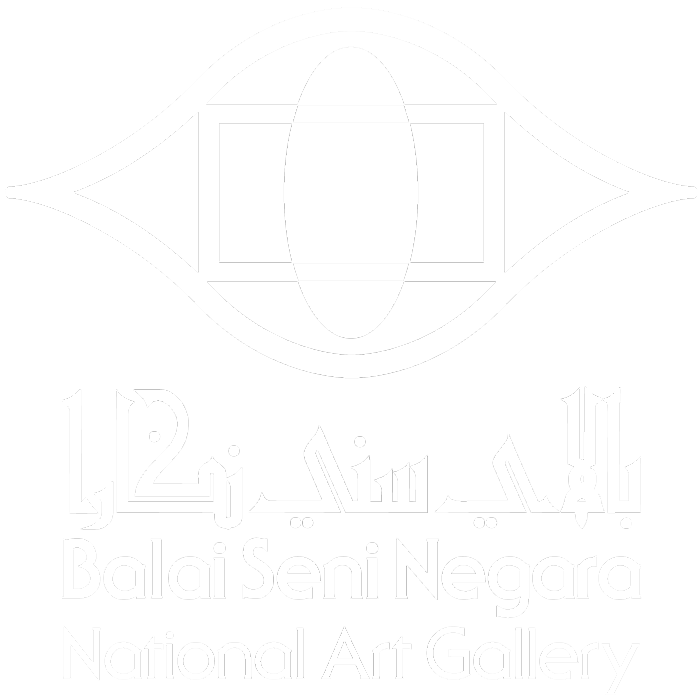



















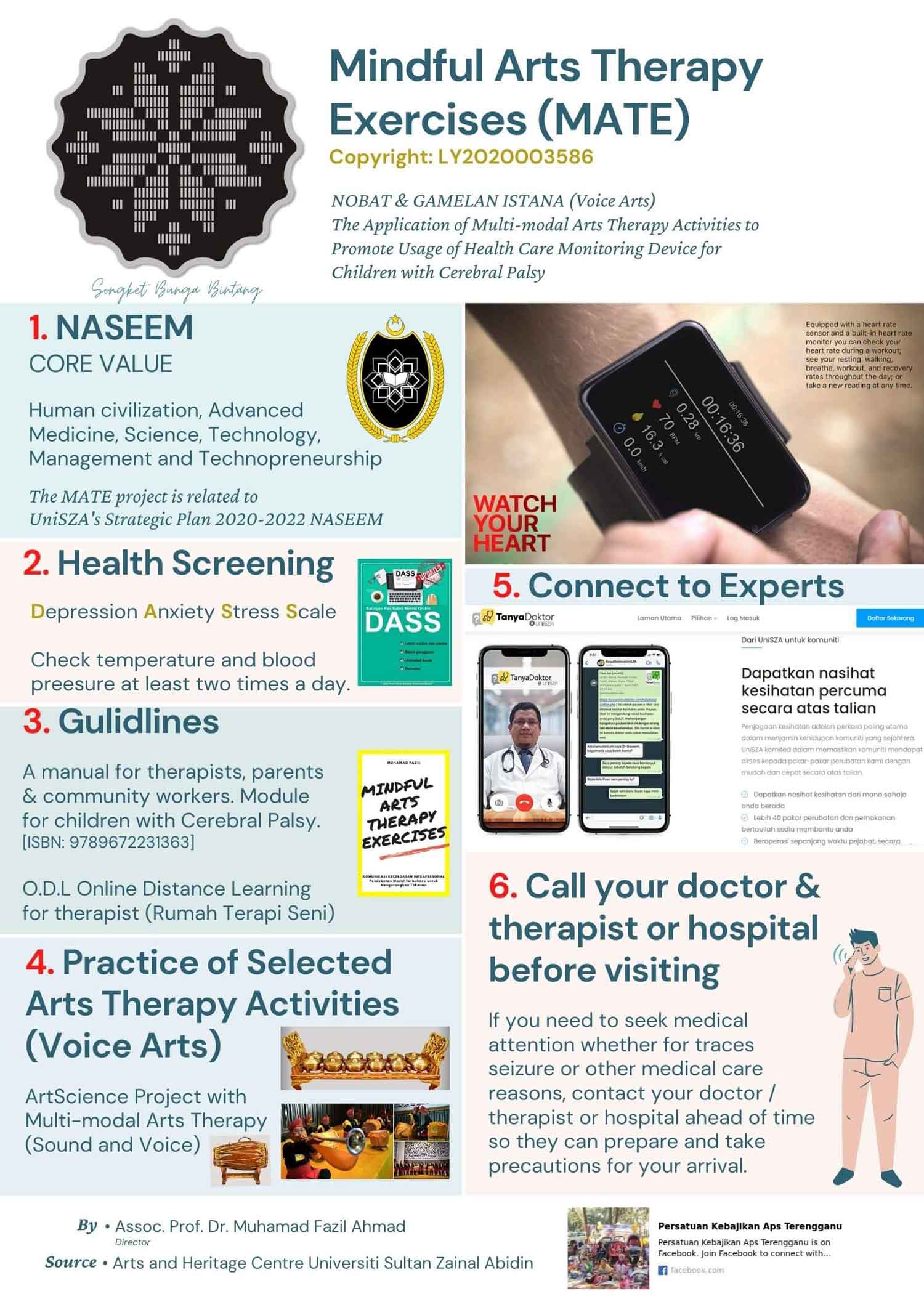
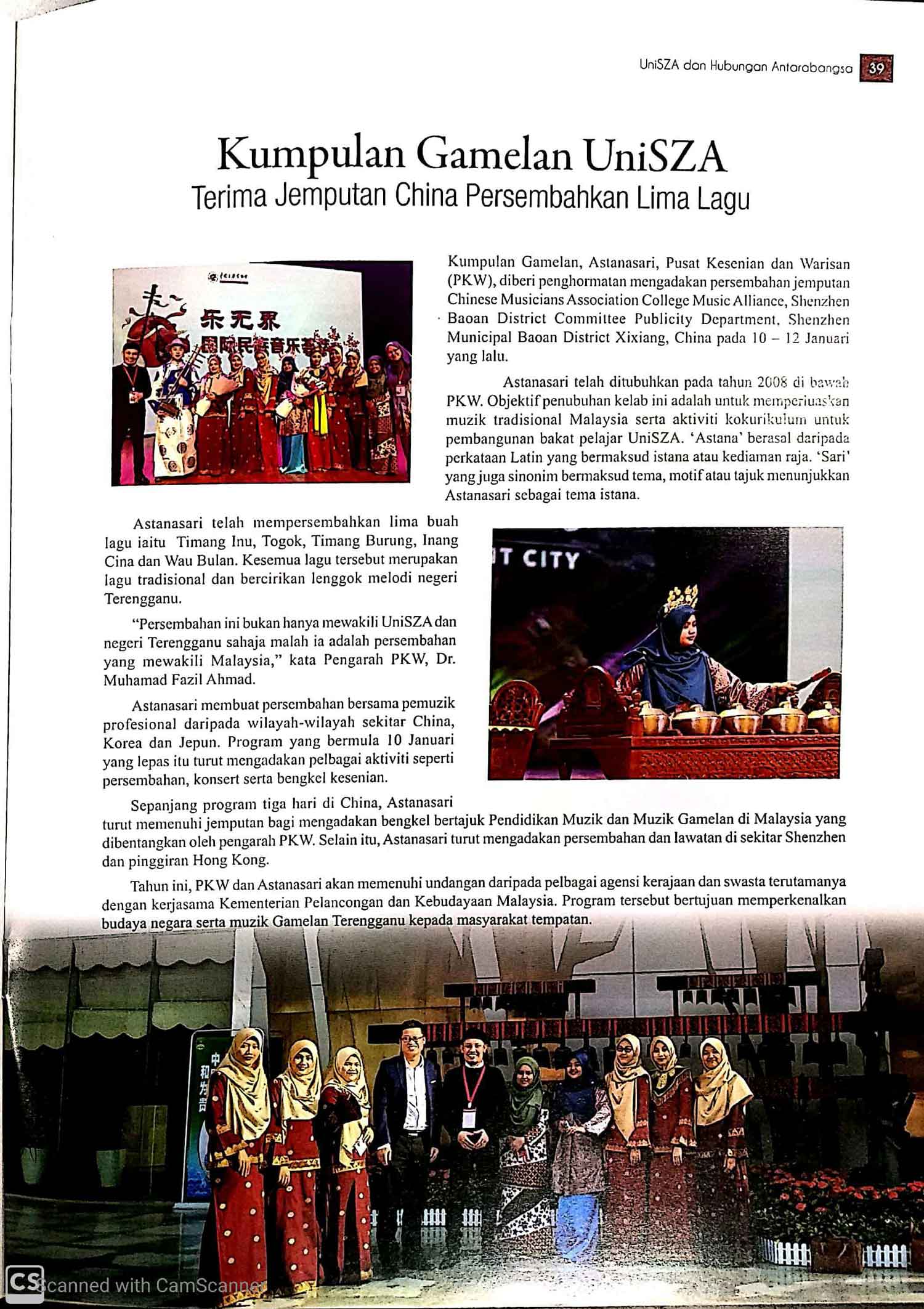

































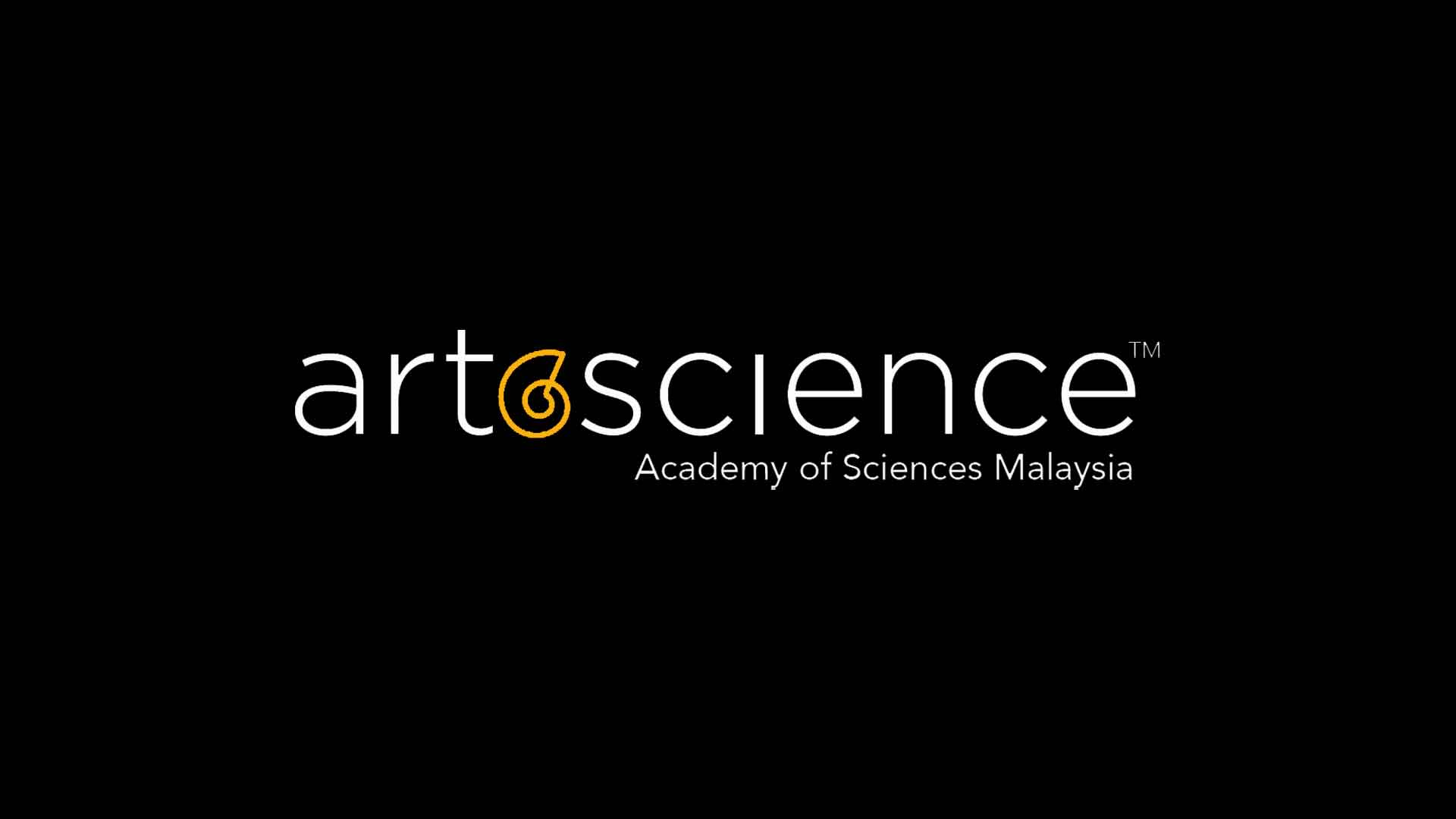
 initiative
initiative